|
This dreamy nocturne depicts an ancient Phoenician temple complex on the tiny island of Motya, off the coast of Sicily. Active from about 800 BCE to 400 BCE, the complex consists of several buildings and altars, surrounded by a graceful, circular boundary wall called a tememos. They are all centered around a 170 by 120-foot reflecting pool fed by underground springs, the only source of fresh water on the island. The Phoenicians The Phoenicians were a highly mobile, advanced and influential culture, which originated as a conglomeration of city states in what is now mostly Lebanon. They were the ones who invented the alphabet! With that pedigree, you'd think we'd know more about them. (To read more about the alphabet, and what makes it so special, read my blog entry about The Cup of Nestor.)
The Temple Complex The Temple of Ba’al is oriented towards the constellation of Orion, which the Phoenicians regarded as the celestial representation of Ba’al. Adjacent to Orion is Sirius, another star important for maritime navigation.
An Odd Archeological Mistake The colony at Motya was destroyed by the Greeks in 396 BCE, and the temples fell into ruin. Fast forward to the early 1900's, and Joseph Whitaker excavated the site for the first time. Sometime over the centuries, a channel had been dug, connecting the formally sacred pool to the sea, filling it with briny water. It had been used as a dry dock and as a salt pan. Whitaker assumed the pool had always been connected to the sea, and called it a "cothon." In 2010, Professor Lorenzo Nigro of La Sapienza Unversity of Rome started a new excavation. But what they found didn't match up with the harbor buildings they were expecting. Then things got even weirder.
Repeating Themes Many of the pieces I have been doing for my series on Archeology Art have involved star constellations- in fact, the SAME constellations. Gemini, Pleiades, Taurus, Orion, Ares. There have been many repeating themes in this series. Stars, circles, centered and symmetrical compositions, boats, the sea, plans of ruins. But what really amazed me was when I realized this piece looks so similar to a piece I did about 25 years ago. I believe it was called City in the Belly, though it is long gone and I cannot be sure.
My inner visual impulses seem to ring true through the years. I suppose this means I'm on the right path.
0 Comments
"Seahenge" is a misnomer. But, when it was excavated in 1998, a clever journalist called it "The Stonehenge of the Sea," and the name stuck.
Seahenge, however, is a timber circle, created in about 2049 BCE.
Actually, there were many more timber circles than there are stone circles. Wood, however, decomposes.
Unless, of course, the wood exists in a low-oxygen environment. From the Salt-marsh to the Sea This monument was not, in fact, built on the beach. Back in 2049 BCE, sea levels were lower than now. Back then, the site of Seahenge was a salt marsh, teeming with wildlife- and sodden, low-oxygen soil. The tree trunks decomposed above the marsh, but endured in the marshy soil. Eventually, the sea inundated the marsh, and the remains of the timber monument hibernated beneath the sea floor. Then, in 1998, two amateur archeologists on the southwestern coast of England found some bronze axe heads and espied some unusual bits of wood sticking up from the sand. Sea tides had scooped away the sand and exposed the stubs of tree trunks. They notified the local museum, and experts quickly realized the significance of their find.
Oak trees do not grow in salt marshes, and it is thought that the trees were transported quite a long distance. The fact that a timber circle was preserved at all was noteworthy. But what makes Seahenge so astonishing is the up-turned oak tree in its center. The Inverted Oak Tree The oak tree trunk is a much larger tree than the rest; it measures 8 feet and weighs over a ton. As soon as the wood of the trunk and timbers were exposed to the air, they started to deteriorate rapidly. They were all removed and went through an elaborate preservation process, involving fresh water tanks, a special wax, and polyethylene glycol, which gradually strengthened the cell structure of the wood.
Sky Burial A sky burial is when human remains are left to decompose with the help of carrion birds. It's a practice most notable in Tibet and historically with some North American tribes. The remains are situated in some way to facilitate consumption by birds, and discourage consumption by larger animals, which would dismember and move the body around. The point is to have the remains excarnated, without being totally ravaged. Sometimes the body is elevated on a platform or tree. In the case of Seahenge, the remains were placed in the bowl-like shape of the tree root system, then the protective timber circle was constructed to keep larger animals away. The Tree of Life and Death But none of this answers the question: Why an inverted tree? Why not just a platform like what is in Holme II, another timber circle only 100 meters away? It could be that the tree root system simply created that bowl-like shape, suitable for cradling human remains. But I don’t think so. It seems to me it’s meant to imply the tree continues downward under the earth, into the underworld. My interpretation may be influenced by what I have learned about The Journey of the Sun, a Nordic Bronze Age theology, where it is believed the sun travels across the sky during the day, and then returns under the earth to rise again the next day. (To learn more about The Journey of the Sun, read my blog entries about The Sun’s Nocturnal Return, The Nebra Sky Disc, and Tree Burial I & II.) The Seahenge monument is from the Neolithic, and predates the Bronze Age by many centuries. But it still implies to me that there was a conception of an underworld, a place where the deceased go, mimicking the sun’s decent. This idea of cycles- day and night, life and death- is echoed in the inverted tree, symbolizing an upside-down world. Having said all this, my art isn’t just about objects and places from the past; it’s also about the passage of time and how we regard these objects and places now. So, even though this monument was created in a salt marsh, and wasn’t some beach driftwood sculpture, it’s inundation by the sea effects my imagination. The moment I saw images of it, I couldn’t help but envision this inverted oak tree as living under the sea, upside down in a subterranean ocean. My Artistic Process I am not actually that great of a shopper. I know it seems strange to think of this activity as a skill, but believe me, it is. My husband excels at shopping. He seems to relish it, knows what he wants, and never wanders into a store half-cocked. I, on the other hand, often launch forth without researching, without calling, just wandering out assuming that whatever it is I want will just be there waiting for me. This time was such a moment. I have been really good and disciplined about CALLING the art store before going to make sure they have the panel size I want. But this time, for some reason, I didn't. I just went. Following the visual impression in my mind, I wanted a 36x24 panel. They didn't have it. But when I am in this state of mind, it is difficult for me to accept the brutal fact that I should have called and now I have to go to another art store... or change my plans.
When done, I started to create bubble-like marks below. I did this by spraying or sprinkling rubbing alcohol on the acrylic paint, waiting a moment, then rubbing it off. The alcohol temporarily breaks down the acrylic so that it can be removed. The result is a speckling effect. I also dipped plastic lids of different sizes in rubbing alcohol, placed them on the panel to create little circles of alcohol, and then rubbing that off. The effect looks like a transparent bubble. After working on that top half for a while, I had to tackle the under-water tree.
But in this case, the tree is upside down. But the main act of painting was not the tree itself, but the water around it. Again using rubbing alcohol, I misted the panel, then used a rag to scrub away paint slightly, creating a back-lit effect around the tree. Using this technique, I created a luminous, sparkling atmosphere. Cycles of Life and Death As is so often the case in this series of Archeology Art, my subject ultimately is about the Life/Death cycle. We humans commonly reassure ourselves by believing that we don’t really die. Our loved ones still exist somewhere, and that when we die, we will go there too. Some visions on the afterlife are pretty bleak, some are frightening, and some are comforting. But it’s almost universal to believe in something other than the notion that when we die, we are simply… gone. It sounds macabre, and often it is. But just as often it is life-affirming, not nihilistic. Especially when the exploration of life's cycles results in monuments, or simple paintings, of beauty and wonder. ** There has been real controversy related to the excavation and removal of Seahenge. Neo-pagan groups have stated that it desecrated the intentions of the ancestors. Partly because of this, Holme II- another timber circle built nearby at the same time as Seahenge- has been left in situ. It's deterioration, due to the elements and its exposure to oxygen, is being studied by archeologists.
The Sun's Nocturnal Return 30x30 Acrylic, charcoal, conte, archival pen on collage on panel.
My Artistic Process
But, surprisingly... But then I watched an online lecture about the petroglyphs and learned that the red paint is a modern treatment, and that if the petroglyphs are left clear, but photographed with raked light (such as dawn, sunset, or at night with a single light source,) the viewer can have a far richer experience. This image is from a site named Tanum Sotetorp in Sweden. It depicts a solar ship, with two horned creatures with axes and swords flanking a crew of anonymous, peg-like rowers. Hovering above the ship is a man or creature or god executing a back-bend or a flip. I learned doing Tree Burial I that a dancer doing a back-bend may have been symbolic of the sun on it's return journey, a reversal, a cycle. It seemed perfect for The Sun's Nocturnal Return. Using charcoal and white chalk, I was able to produce a more satisfying rendition of the solar boat.
I also went to town elaborating on the water-sky marks that look like splashes, bubbles, or heavenly bodies. I did this by spraying or sprinkling rubbing alcohol on the acrylic paint, waiting a moment, then rubbing it off. The alcohol temporarily breaks down the acrylic so that it can be removed. The result is the speckling effect. I love doing this. It's so fun. Adding Text Next, I engaged with the text. Using some typewriter-style stencils, I wrote text across the sky and under the sea. It is a bit off-kilter, and uneven in its color, as if your typewriter became possessed and tried to send you messages from beyond. Across the top and the bottom on the piece, I inserted text, as if a storyteller was accompanying the visual language of my art. Next, I added the same text using gold "interference" paint. Interference paint has a pearlescent, iridescent effect that changes depending on the angle you view it, and is very difficult to photograph. I also enclosed the back-bending figure in an iridescent orb, reminiscent of the sun. I bandied back and forth with how pronounced or obscured all the lettering would be. A lot of painting, then wiping off. In addition to the sky-sea text, I included text in reference to the Hjortspring Boat. in contrast to the crazy, possessed typewriter font in the sea-sky, this text is very clear, calm, and of this world. Utimately, I have created a tiny, animate world, where the stars leap across the cosmos, the sun is ferried by a boat full of oarsmen, and we on the earthly plane try with our orderly plans to make sense of it all.
Tree Burial II is a veritable layer cake of symbols and artistic impulses. Follow along to untangle this gritty, glorious web. Tree Burial II is a continuation of images and concepts I developed for Tree Burial I and The Nebra Sky Disc. It is a free-wheeling jazz riff on elements I gleaned during research for these pieces, elements including, but not limited to:
You can learn more about the two pieces that inspired all this crazy scientist research by reading the blog entries I have written for them. Click on their titles just below. The Nebra Sky Disc Tree Burial I Cosmological Seacraft In my research I learned about something called The Journey of the Sun. With the assistance of various cosmological creatures, the Sun traverses the arch of the sky, and at night, completes its return journey beneath the land and sea to reemerge the following day. This cycle of light and dark, day and night, symbolizes the cyclical nature of life and death. This led me to learn more about ancient boat construction, and the various experimental archeology projects that seek to reconstruct found boat remains. Sun Spirals
Anni Brøgger is a professional dancer who did her own form of experimental archeology. She performed a dance wearing a copy of Egtved Girl's costume. During the dance, the sun glinted and danced through the spirals on the shiny bronze belt plate. In a time with no lights and very little reflective metal, it must have seemed like magic. My Artistic Process Confession: I tend to overthink things.
Not so, with this piece. Tree Burial II started its life as a 48x40 drawing on a roll of watercolor paper. After working on it a bit, I changed course and purchased an even larger, 60x40 wood panel, which became Tree Burial I. I put the original drawing aside. But then I was seized by the desire to... tear it up! Visual Impressions People sometimes ask where I get my ideas. Well, I often get visual impressions in my mind, which serve as a launching point.
Geometric Tendencies I find myself attracted to square and double-square formats. In this case, I used a 48x24 panel, which I stained with burnt umber to bring out the wood grain, referring to the wood of the tree and tree coffin.
I love the fishes twirling and consuming each other, with the calm presence of the Madonna in the center. It brings to mind the Ouroboros, another symbol of the life/death cycle. Solar Boat Petroglyphs Spurned on by my fascination with The Journey of the Sun, I sought out Nordic solar boat images that would suit. Most surviving examples are from Scandinavian Petroglyphs.
Following a Trail
An addendum to this entry is that Tree Burial I begat yet another piece about boats, stars, and sun-cycles entitled The Sun's Nocturnal Return. You can see and read about it HERE. Tree Burial II 48x24 Acrylic, collage, charcoal, conte, archival ink, acrylic heavy gel on panel Appendix: Want to make an infinity symbol? For a MAC, press Option 5 on the keyboard. For everybody else, hold the ALT key and type 236 on the number keypad on the right of your keyboard. ∞
This large 60x40 painting is inspired from am amalgamation of several different tree burials from the Nordic Bronze Age. Tree trunk, or log coffins were not an uncommon way for elites to be buried. Versions of the practice have been found in Europe, Africa, China and even Australia. In Europe, it was practiced from prehistoric times all the way up to the Medieval period. The first time I saw an image of a tree burial, what grabbed my attention is the thought of something so grand, and well, so vertical would be felled, and buried beneath the earth, eternally horizontal, to intern the dead. With a modern, conventional coffin, the tree is no longer a tree, but a series of dressed planks, fashioned into a box.
The Egtved Girl In 1921, near the town of Egtved, a farmer dug and spread soil from a mound on his farm. In it he found a large, recumbent oak tree trunk. Log coffins had been being unearthed for about a century in Denmark, so, he knew what he had run into. He wrote a letter to the National Museum of Denmark, telling them what he’d found, with a request that they hurry up and come take a look, because, after all, he had work to do.
Grave Goods Egtved Girl's age and gender are unique in such a rich grave. From her teeth, we can tell she was about 16-18 years old when she died. In the coffin with her are:
But it is her clothing that makes her so famous. She wore a short, wool blouse. She had a quite short skirt made up of cords, so that when she moved, you could probably see her nether regions through it. (This caused a scandal back in 1921 when it was discovered!) But her signature fashion feature was her bronze belt plate.
My Creative Process In making Tree Burial, I chose to include elements from various tree burials, though Egtved is the main one.
These I traced onto my panel using transfer paper, which I then re-drew with pencil and paint. Next I worked on that belt plate. I painted it with bronze colored paint. It looked quite arresting there, near the center of the painting! Getting the spirals correct took a bit of time. Life, Death and Wonder Presumably, we make art so that someone will hang it on their wall. So, sometimes I have to pause and ask myself; why would someone want a large painting of a burial, no matter how interesting it might be? In my series, Archeology Art, I find myself dealing with some pretty macabre subjects, such as burials and remains. But I guess, I just don't experience them that way. In pre-modern times, death was all around us, all the time. The loss of a loved one is difficult for anyone, regardless of how frequently death visits. However, people in the past seemed to have a very different relationship to human remains, handling them with aplomb, even with creativity. They dressed them, provided for them, moved them around, took them from one grave to another, disarticulated their bones, even took pieces of them home to live with them and their families, a sort of eternal house guest. Our modern world has moved away from this cozy relationship with the dead. This shift is understandable; it's human nature to avoid pain, especially the existential terror that accompanies losing someone. And yet, it is just another way that we have been cut off from the natural world. In Tree Burial I, I blend elements of death (coffin, corpse,) and life (tree, yarrow, sun-spirals,) along with tokens from the modern excavation. I creatively explore the theme of the life/death cycle in my unique, modern way. Video of My Cool Compass... I completed two versions of “The Adorant.” They are based on a fresco in ancient Akrotiri. To read more about Akrotiri, and the other art I have made based on it, click HERE. One is 12x6 inches, and the other is 20x16 inches. The frescos of Akrotiri are just crumbled vestiges, and had to be reassembled like a puzzle. To emulate the effect of the fragmented frescos, I slathered fiber paste and molding paste over heavy watercolor paper. When this was dry, I drew and painted the figures, I then tore the image up, and reassembled it on a panel. Tearing up my art was strangely therapeutic! You can see a video of me doing this below!
I am enchanted by the image of this woman gazing out from her island home, to watch these splendid sea crafts cruising by. A special sneak peak into one of the more fun moments of being an artist... In 1999, two looters* plundered a mound atop Mittelburg Hill near Nebra, Germany. It was quite the payload. They found two bronze swords, two axe heads, a chisel, spiral armbands, and a strange, circular object.
Archeologists established it was created about 1800-1600 BCE- about 3,700 years ago. BTW, I know you want to call it the Nebula Sky Disk- but it's NEBRA. The Nebra Sky Disk stands alone as a beautiful object, yet it seems to also have a purpose and function aside from mere aesthetic enjoyment. What does the disk signify, and what was it for? Experts have debated this since its discovery, and there are conflicting interpretations. But there are a few theories that are generally agreed upon. It is believed that the Nebra Sky Disk is an astronomical calendar, depicting moons, star constellations, the positions of the winter and summer solstices, and a “solar ship,” associated with an ancient belief that the sun was carried across the sky by a cosmic boat. The disk was in use for several centuries before it was buried, and went it through multiple incarnations. Phase One: First, the gold dots where applied, along with the gold circle and crescent. Phase Two: At some later date, the two parenthesis shaped arcs were added. Phase Three: Then, even later, the asymmetrical arc at the bottom was added. Phase Four: THEN, several centuries after all that, its perimeter was perforated with about 40 small holes. Phase… Five? The alterations to the disk implies that the significance and use of the disk CHANGED over time. Phase One: What Day Is It?
The Lunisolar Calendar Okay. This is really difficult for me to wrap my head around, so bear with me. A solar calendar is meant to express the earth going around the Sun. It is great for keeping track the days of the year. A lunar calendar is meant to express how often the moon goes around the earth, and it is great for keeping track of weeks and months. The problem is, they don’t line up.
The Nebra Sky Disk represents one solution- AND it was done before this society (the Unetice culture) had any writing system. The disk "...served as a reminder of when it was necessary to synchronize the lunar and solar years by inserting a leap month. This phenomenon occurred when the three-and-a-half-day-old moon—the crescent moon on the disc—was visible at the same time as the Pleiades." - Jarrett A. Lobell, Archeology Magazine Whew. Is your brain exhausted? I know mine is! Phase Two: Happy Solstice! It’s well known that back in the day, celebrating the solstice, especially the winter solstice, wasn’t just a party. It was essential. You had to bring the sun back, or you’d all die. How do you know when it’s the solstice? Who knows when it’s time? Additionally, chemical analysis reveals that the gold of the arcs was sourced from thousands of miles away from that of the moon and stars- another indication they were applied at different times. Yay science! The arcs express an 82° span, which is exactly the span of the setting sun on the winter and summer solstices, when seen from Northern Europe.
You’d be able to tell when the winter solstice was nigh. Phase Three: But What Does It Mean? Many years after all of this, an enigmatic additional arc was added to the bottom of the disk. If I’m the original Sky Disk, to heck with it. Whaddaya gonna do? I’m the Sky Disk. Screw you. But if I’m just little ol’ Leslie Peterson Sapp, doing a representation of the Sky Disk, I CAN’T make something that looks like a happy face. It simply can’t be done. So, what do I do? I investigate what this weird little thing is. Unlike the other two arcs on the disk, it’s asymmetrical. Furthermore, it has adornments. If you look closely, it has two lines that follow the shape of the arc, and the sides of the arc have small, feathery lines, like the legs of a centipede. Experts believe it is a representation of a solar boat. What’s that? A solar boat, barge, or ship is a common element the in the cosmology of many cultures across various places and times. This symbol embodies the belief that the sun is carried across the sky in a magical, celestial, maritime vessel. When the sun sets, it continues its journey through the underworld, to return into view the following dawn. I admit, the arc on the Nebra Sky Disk doesn’t look much like a boat. In fact, the tiny, feathery lines are thought to represent OARS. (Maybe the artisan who made it had never actually SEEN a boat?) I was doubtful, until I started to see other, contemporaneous representations of solar boats. By studying these different Bronze Age, Northern European artifacts, experts have been able to piece together a generalized belief system. These artifacts include rock art, golden boats, golden hats, bronze razors, standards and more. If this little arc at the bottom of the disk is indeed a solar boat, it would mean that the usage of the Nebra Sky Disk had evolved over the centuries from a magical, but practical calendar device, to a cosmological totem. Phase Four: Mascot
Phase… Five? Burial.
The practice of depositing precious objects by burial, or by sinking in bogs or bodies of water, is a worldwide, timeless ritual, repeated ad infinitum through the ages. It seems to reflect a basic human impulse. This was a rich offering to the gods, whomever they might have been. It may have been a way to bring closure to this very important symbol, even though its relevance may have run its course. Who Controls Time? Time does not change. The earth swings in its elliptical path around the sun, spinning around on its axis, unending for millions of years. BUT, how we conceive of time is a social construct, and it has changed over the centuries. Hunter-gatherer communities followed the food where it went, telling stories about creation and the cosmos as they went along. Time was the water they swam in. But, as our societies became more “complex,” and we became reliant on farming, the “specialization” of roles grew, and from this came… hierarchy. Hierarchy and ownership. Territory and access to resources. Different days of the year became significant, with milestones and celebrations. Who controls time? Who knows what day it is? The people who understood the workings of this disk were magical people indeed. Very special people, whom others in the clan would trust and rely on. The Nebra Sky Disk is a beautiful object, and like many beautiful artifacts of this world, including the ones I make, are made possible through specialization, hierarchy, and access to resources. It is of this world, and yet it is transcendent. My Creative Process
From this angle, you can see that the disk itself is also raised, because it is made from that thin piece of circular wood. Constellations I have never been into astronomy or astrology. Aside from a certain fascination with moon phases, I have stood back and watched others' interest in it, sort of wishing I could get interested, too. But through doing this piece, I have started to feel like there may be a hook for me.
After having just a lovely time creating my constellations above, I found myself struggling with what to do with that darn smiley face. Solar Boat Struggles Since I didn't want to recreate the "solar boat" element as is, I naturally looked to other representations of solar boats, and ran into a boat-load of problems. Finally, I take the whole darn thing out and start over. Eventually, the geometric elements of the piece began to replace my preoccupation with boats. The sharp, white lines stretching across the piece, as well as connecting the star constellations, are actually scratched through the paint to the white panel beneath. The criss-cross lines represent the 82° span of the solstices. Additionally, the V-shaped lines emanating from the bottom of the piece also represent 82°. The geometry is also reflected by the dimensions of the piece: the perfect 24x24 panel, with the circular panel, perfectly placed in the middle. This evokes a sense of stability and calm. Somehow, my enchantment with moon phases emerged, and I realized depicting the moon phases at the bottom of the piece would create that compositional balance I was searching for, as well as support the narrative and use of the disk in ancient times. Below, there is a video of the finished piece of The Nebra Sky Disk, so as to showcase its glimmer and dimensionality- a still photograph simply does not capture what it is like to see it in person. -Addendum- Crime Does Not Pay! * The two looters, who damaged the disk with their shovels, sold it on the black market. It changed hands multiple times before it was recovered by a sting operation in 2002. The looters were sentenced to four months and ten months in jail. Upon appeal, the Appeals Court raised their sentences to six and twelve months. (I simply adore art crime stories!) Further Reading The Nebra Sky Disk - Archeology Magazine, Jarrett A. Lobell, May/June 2019 https://www.archaeology.org/issues/337-1905/features/7543-maps-germany-nebra-sky-disc The Nebra Sky Disc: decoding a prehistoric vision of the cosmos https://the-past.com/feature/the-nebra-sky-disc-decoding-a-prehistoric-vision-of-the-cosmos/ The Nebra Sky Disk - Ancient Map of the Stars https://www.worldhistory.org/article/235/the-nebra-sky-disk---ancient-map-of-the-stars/ The Journey of the Sun Across the Sky - National Museum of Denmark
https://en.natmus.dk/historical-knowledge/denmark/prehistoric-period-until-1050-ad/the-bronze-age/the-sun-chariot/the-journey-of-the-sun-across-the-sky/ My newest piece, The Saffron Gatherers is inspired from an ancient fresco painting known by the same name. It is 40x30 inches, using drawing, painting, inkjet transfers and many, many layers of acrylic medium to create a distressed, encaustic-like effect. I was interested in recreating, but not duplicating, the figure of one youthful saffron gatherer, who I have taken to calling “My Girl". The Beautiful Frescos of Thera Ancient Thera was occupied by the same people who lived on Crete, a people we call the Minoans. The Pompeii of the Aegean Around 1600 BCE, Thera blew its top. It Was Kind of a Big Deal. Although it may not have destroyed the Minoan civilization, it probably weakened it to the extent that they were eventually taken over by the mainland Greek civilization of Mycenae. It may have even caused a volcanic winter that reached as far away as China. Actually, there were a series of eruptions before the caldera collapsed. One of the first eruptions blew ash into the air and covered Akrotiri, which is why the fresco have been preserved. The Frescos of Akrotiki Minoan Art- The Stuff of Dreams As I said, the paintings from the Minoan civilization have sparked our collective imagination and inspired not only archeologists, but poets, artists, spiritualists, and pseudo-sociologists. It captures our imagination with such fervor, that it has led to a fair amount irresponsible scholarship. There has been wild speculations as to the beliefs, values and societal structure of the Minoans. Laymen and scholars alike have projected their fantasies of a peaceful, woman-centered society onto the vestiges of this long-past civilization-- a sort of ancient Age of Aquarius. And Who Can Blame Them? How much of this wishful thinking is actually true? No one knows. Yet, there is something truly unique about the art from the Minoans that cannot be denied. Most art during that period, such as the ancient Egyptians or the Babylonians, was beautiful, but schematic and completely formalized. The art produced for these and other civilizations were “instruments of propaganda... To serve either the reputation of the immortals or the reputation after death of their earthly representatives”* In contrast, “the freedom of movement and the sense of vitality which emanates from Minoan art, an art which is the creation of a less rigid society... adapted to a habitat in which motion contrast and sudden change predominate.." ** In short, the art of the Minoans is often winsome, spontaneous, individualistic, and even funny. Painting the Murals First, let’s talk about some of the conventions in the paintings of Thera. Because of the technology and pigments available at the time, they had a limited amount of colors to work with, only black,red, blue and yellow ochre. They got the most out of this limited palette by juxtaposing colors, along with only a bit of mixing. There was no use of green that is discernible. Then, let’s talk about how they signified the identities of the figures. People of different ages had different hairstyles. Mature men and women have long, luxuriant black hair. Maturity is also expressed by a double chin and rolls of flesh on the stomach (very realistic!) Young adults have short, curly hair. Children had shorn heads, which is indicated by a blue scalp. As they grow a little bit older, little sections of hair would be allowed to grow. So, they have little pigtails (or, what in the 1980’s we used to call rat-tails) coming out at sort of odd intervals. Boys are often portrayed nude, while the girls are always clothed. The Story of The Saffron Gatherers The Saffron Gatherers is in a building called Xeste 3, and wraps around the walls of a room on the second floor called Room 3a. The north wall shows a majestic female figure seated on a dias. She is dressed magnificently and has a snake going up her back and over her hair. She is accompanied by what seems to be a Griffin. In front of her, a young woman and a monkey (monkeys are depicted doing human things on Thera- what fun!) pour crocuses out in offering to the woman. (This figure has been identified as the Goddess of Nature, the Potnia.) But my image does not concern this scene. My girl is on the east wall. She is one of the most famous figures from this archeological complex, and is often the image that is used on the cover of books or magazines devoted to art from the Minoan period. The next figure is who I depict, and that seems to be so loved by people around the world.
I love the fact that in the same room that depicts a Goddess, there is also a scene where an older girl is telling a younger girl to hurry up. My Process I was interested in recreating, but not duplicating, this lovely, young gamine. When drawing from some source material, a typical technique for an artist is to use a grid. After creating a grid for the original image, you simply make a corresponding grid on the blank art substrate or page. This helps your eye to “map” where points are in the original image, and to objectively observe the shapes. The rhythm of the original fresco is beautiful and I wanted to capture it, so I added diagonal lines that help describe the general shape and movement of the figure, and create a kind of underpinning, or ley lines.
The frescoes of Thera did not come intact. They were unearthed in tiny pieces, and methodically reassembled off-site, like a puzzle. When I see an image of The Saffron Gatherers, I'm viewing a heavily distressed image. I have no wish to "clean it up" and reproduce what I think it originally looked like. The fresco's partial destruction and the passage of time add to its appeal for me. The next series of steps was to create layer after layer of effects, attempting to express this aesthetic of distressed beauty.
An Amalgamation of Elements I got playful with the imagery with some additions. At the top of the panel, I painted in a blue strip. I thought it would be either a blue sky, or a glimpse of the sea. This is a way to express that My Girl lived on an island. She would have been surrounded by sea and sky (this is Santorini, after all!) Borrowing from a different Thera fresco, the mural from Room 5 in The West House, I painted dancing dolphins. I find it fascinating how the lively elements of My Girl, the dancing dolphins and saffron flowers, create a striking contrast with the immense destruction from this catastrophic event. One of my finishing touches was to take the powdery crumbs of a bright orange pastel and sprinkle it various places, to signify the saffron. I doubt they would willingly disperse the precious crop so wastefully, but I felt it would be another whimsical element, adding to the magical atmosphere of my imaginings. The Tiny Book of Thera At the time of this entry, the book is a work in progress. If you click HERE, you can see a short blog entry about the book, and see a video of me flipping through the pages. In the future, I may start another large work based on some of the images in the book- who knows? * Christos Doumas, The Wall Paintings of Thera, (Kapon Editions, 1992) Pg 22
** Ibid This amazing Mesolithic site has inspired me to create a haunting work of art that seeks to express the tension between our imaginings of times past, and our scientific knowledge of the same. Star Carr- what a groovy name. A carr is a British term for a swamp. I had to look it up. According to Google Maps, there is Star Carr Lakes fishing pond and Star Carr fish hatchery, and the Star Carr Cottages. But, about 30 miles north, there is Star Carr, the famous Mesolithic archeological site. What Is the Mesolithic Era? It’s the Middle Stone Age. Not helpful? How 'bout this? It is a period of time between the Ice Age and the Agricultural Revolution. So, it’s the time between when people were nomadic and when people started to farm in permanent settlements. During the Mesolithic, people were what would be called semi-nomadic, with sites they would return to cyclically as the seasons revolved and resources presented themselves. All other areas of the world, we have different terms to describe this transition, and in some parts of the world, this transition never occurred at all.
Star Carr was on the edge of a huge glacial lake. People returned to this site again and again over hundreds of years. Over time, this large lake shrank, became a marsh, then a peat bog, and now farmland. What Makes Star Carr So Special? The Mesolithic Age in northern Europe is hard to track. It’s difficult to locate artifacts from this place and time, because: 1. People were on the move, so they didn’t have a lot of stuff. 2. Much of what they made was from organic material. Think bone, willow branches, hides, wood, reeds. Think of a marshy environment and what resources that would provide. 3. Northern Europe is wet, and a lot of the soil is acidic. So, much of what these people left behind has rotted away. Artifacts and remains are well preserved in either dry environments (think of all those mummies in Egypt) OR in low-oxygen environments… like deep in the mud of a marsh. Or peat. Life on the Lake
In and amongst these logs are a very high concentration of tools and animal remains. But this platform was not only used for lake access. It was clearly a place for ritual as well. The Waters Edge Water is sacred. Water is Life. Everywhere around the world, there is evidence of people ritually depositing objects into bodies of water, like pennies into a wishing well. Dozens of headdresses, or “frontlets” have been found deep within the peat at Star Carr, fashioned from the skulls of red deer, their antlers still attached. 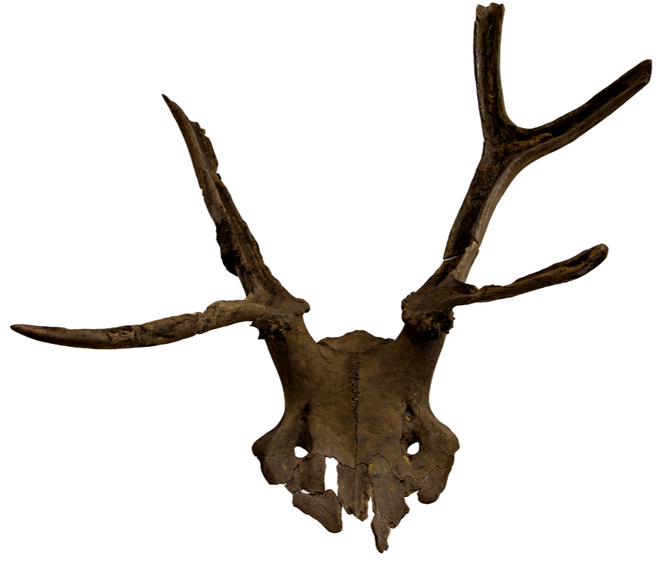 Frontlet 115876 ©Neil Gevaux, Frontlet 115876 ©Neil Gevaux, The tops of the skulls were separated, hollowed out and smoothed. Two holes, probably for straps, were bored through. The antlers were trimmed, and halved lengthwise to reduce weight.
My Process with Star Carr In the upper panel, I attempt to depict what I imagine the experience might have been like during the time these frontlets were fashioned. The moment when a group of people, people just like us, created this magical object, and deposited it into the life-giving waters of the lake they relied on for sustenance. In this panel, you can see the semi-submerged log platform, the shining moon above, and an ethereal red deer regarding us by the waters edge. I imagine the large, hovering frontlet as maybe the spirit of the red deer, with whatever magic was attributed to it, gazing at us, watching over us, maybe threatening us, we just don't know.
The lower panel has many images, printed on various papers and collaged over one another.
I reversed the picture of him and tinted it blue. Next, I used a composite photograph of his discovery of the log platform. I am impressed by how difficult it must have been to take these images. Now we just send up a drone. Back then they had to build platforms above, and a very skilled photographer would clamber up, lie on their stomach, and shoot each picture. Later it was stitched together to create this. I printed these images with a blue cast as a base. Archeological science keeps evolving, and the latest excavations at Star Carr have produced a wealth of highly detailed information!
I found the aesthetics of the graphs and schema beautiful. Here I must thank Dr. Harry Robson, who took time out from what I am sure is a very busy schedule to help me attain permission to use these images. (And by the way- he found THREE frontlets at Star Carr!) I watched a bunch of videos on the Star Carr Project YouTube channel, and got to see archeologists actually lifting frontlets out of the mud! I couldn't resist! I took screenshots, ran them through various photo manipulations. I printed it out on tracing paper, and glued it over the image of the blue log scatter. Art has a unique power to hold paradox. It can convey enigmatic meaning that will elude common speech. I seek to express the tension between our imaginings of times past, and our scientific knowledge of it. To hold as one these seemingly opposite stances makes our understanding more rich and meaningful. Resources and Cool Links I want to thank Patrick Wyman and his wonderful podcast Tides of History for introducing me to Star Carr. Episode about Star Carr HERE.
I'd like to thank Dr. Harry K. Robson, Postdoctoral Research Associate at The University of York for his assistance with this blog entry, and for helping me to understand image permissions for the artwork. Star Carr has a wonderful website devoted to it, The Star Carr Archeology Project. Finds from Star Carr can now be seen in four museums: The British Museum, the Yorkshire Museum, the University Museum of Archaeology and Anthropology at Cambridge and the Scarborough Museum. She glances out the back window at a waiting yellow taxi. Who is it that pursues her and why?
This is a piece that went through many changes. Originally I had multiple people in the street scene as if there where a bunch of people milling around. But as things developed I could see the figures were just a distraction from the real drama. I even considered taking out the figure near the door and just leaving the car- I still don’t know if I made the right choice. Don’t be surprised if you see another version of this one. (I often feel compelled to do certain images again and again.) This one was just really fun. I loved working with the street light creating a cone of a lighter color. The back window of her vehicle creates a frame within a frame, and the dark color flows into her silhouetted profile and the buildings on the street. I tried to make a contrast with the bright yellow, the cool watercolor blues, and the flat dark brown/black. Keep your eye open for a woodcut version of this piece! |
Take a Closer Look.
Here is an intimate, in depth glimpse into my thoughts, inspiration and artistic process. Categories
All
Not seeing what you're looking for? My previous blog on blogspot can be found HERE.
|

















































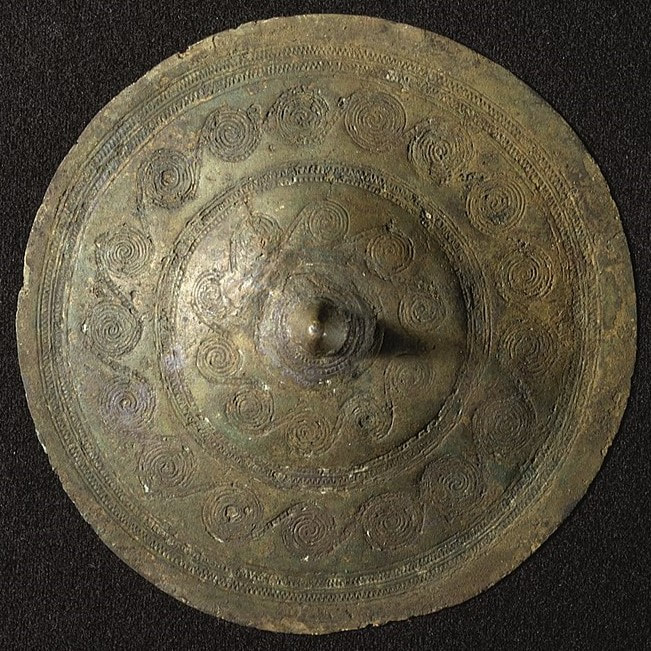

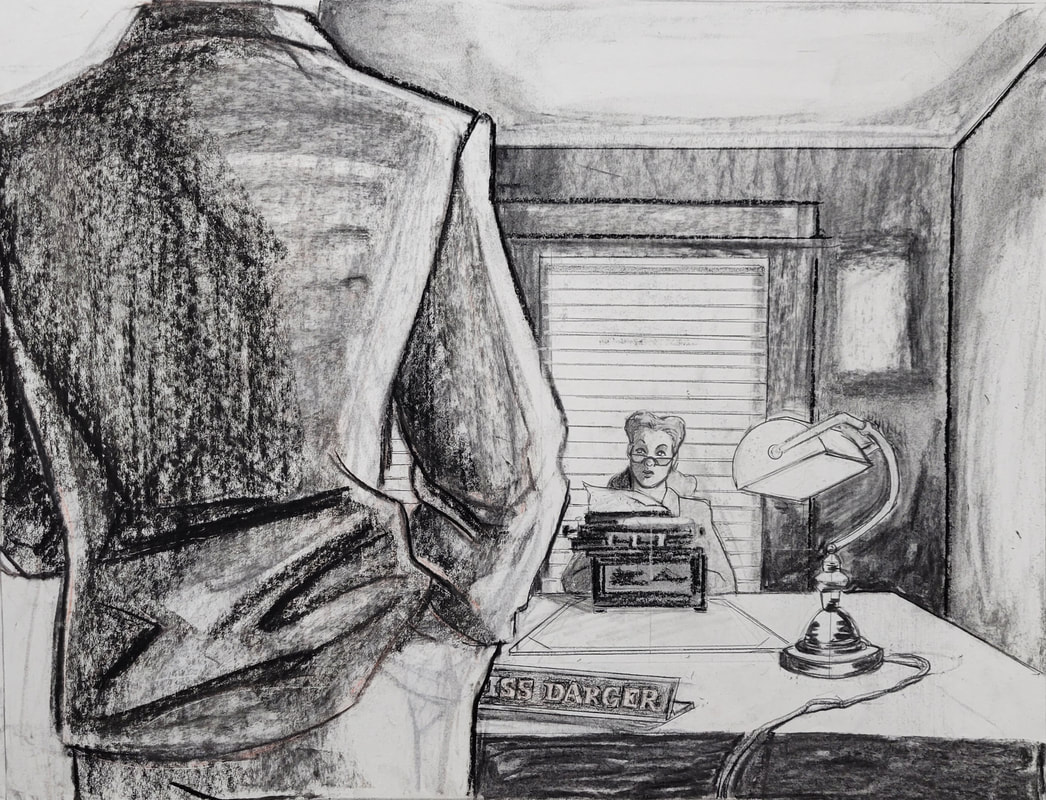











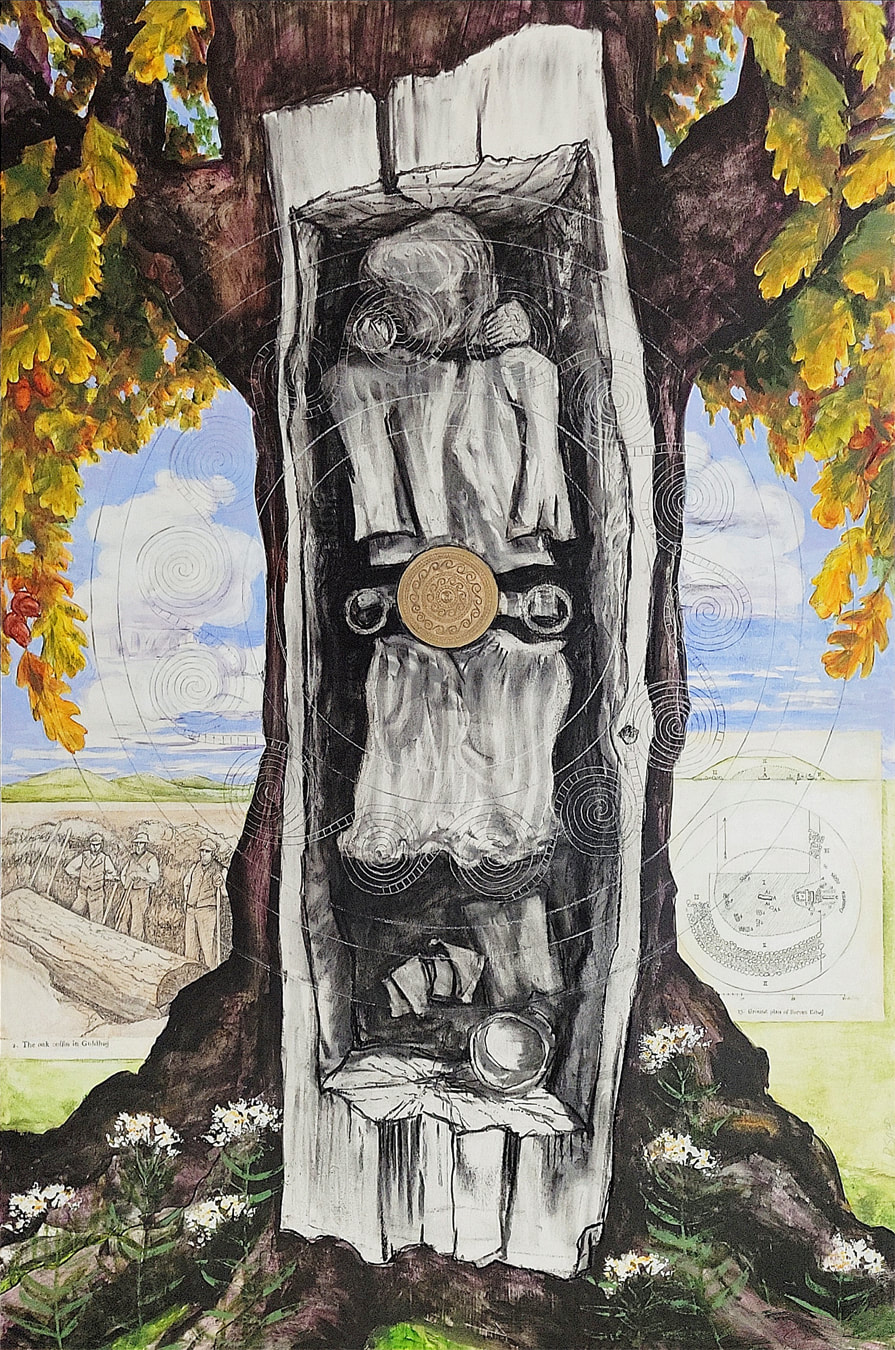
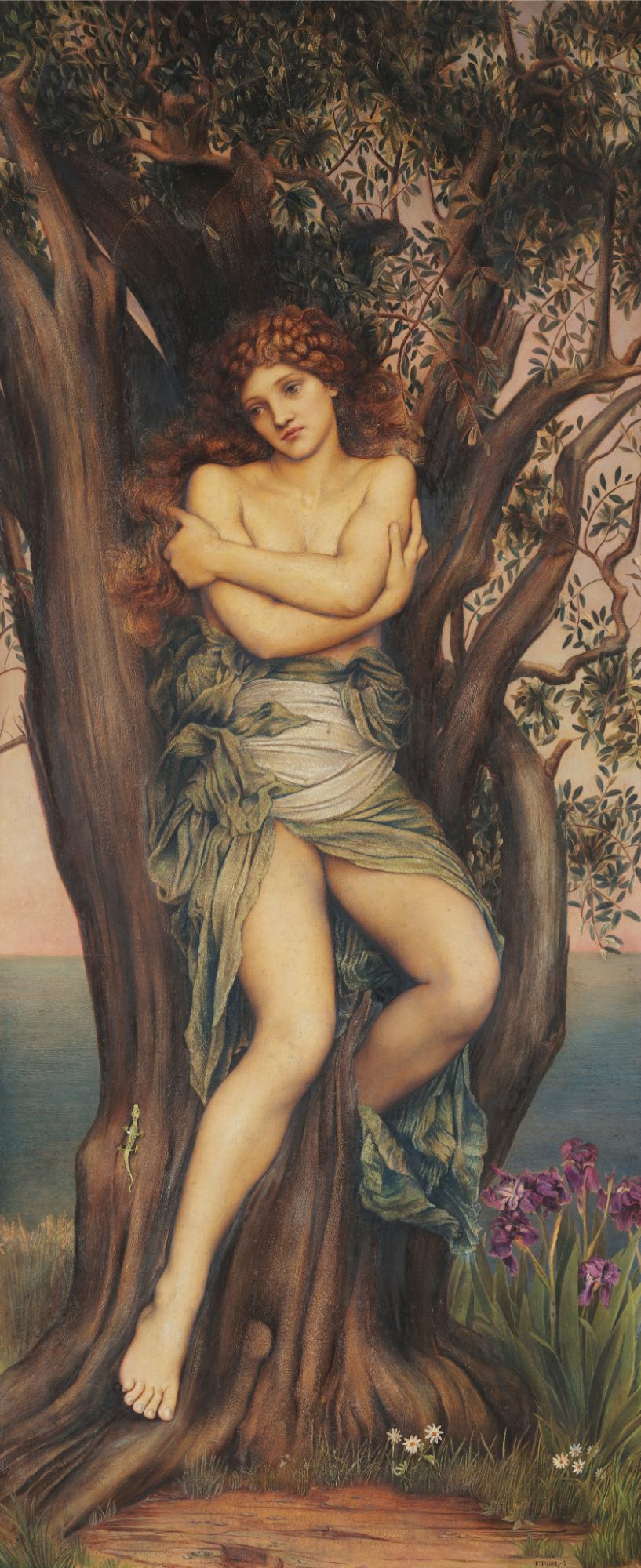
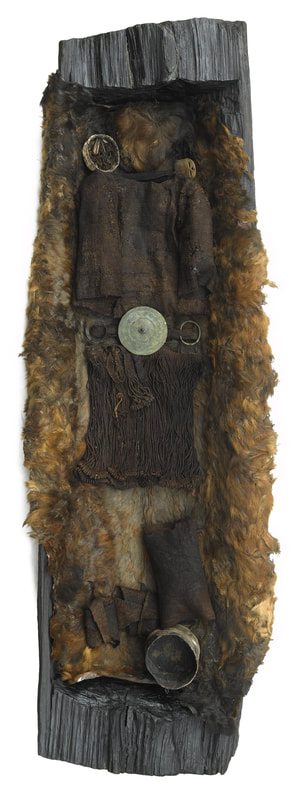
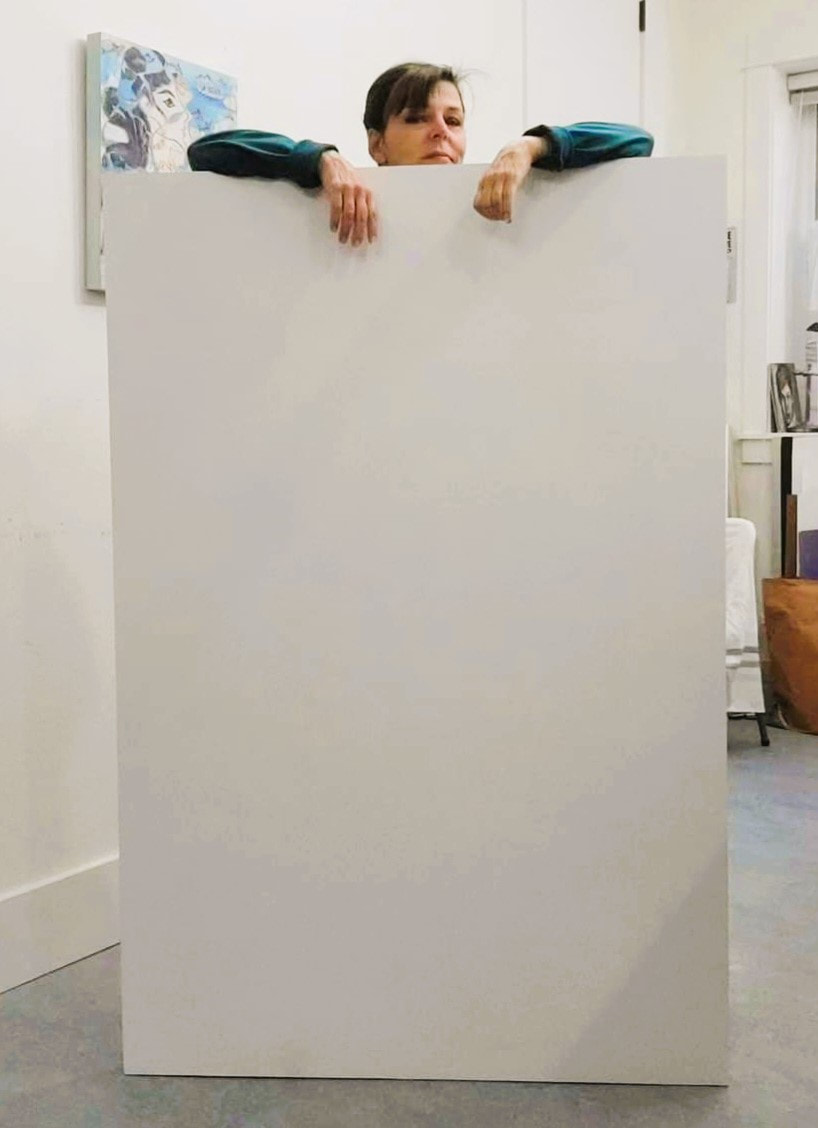
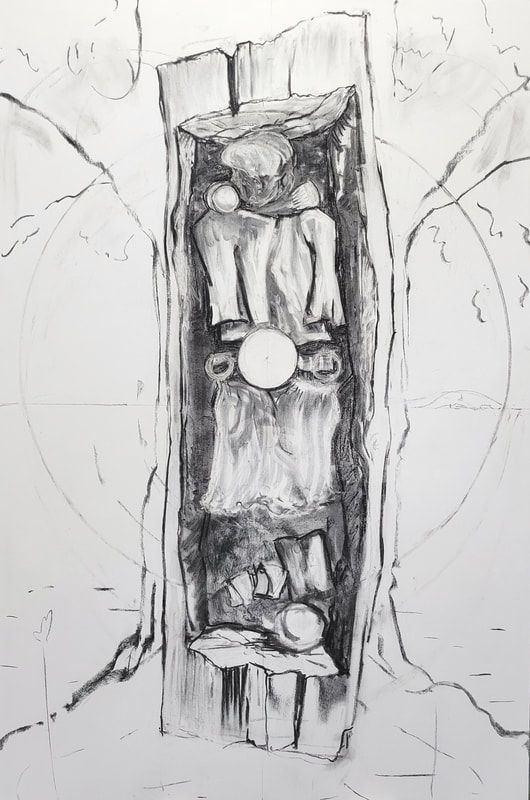
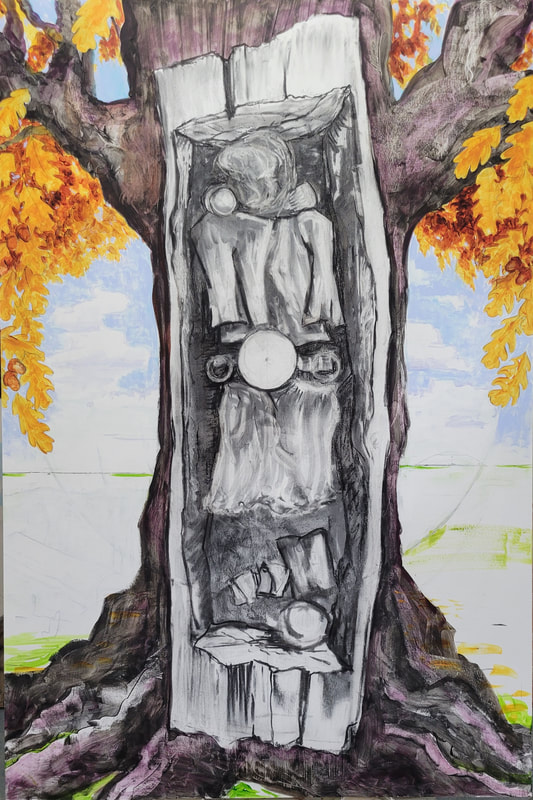
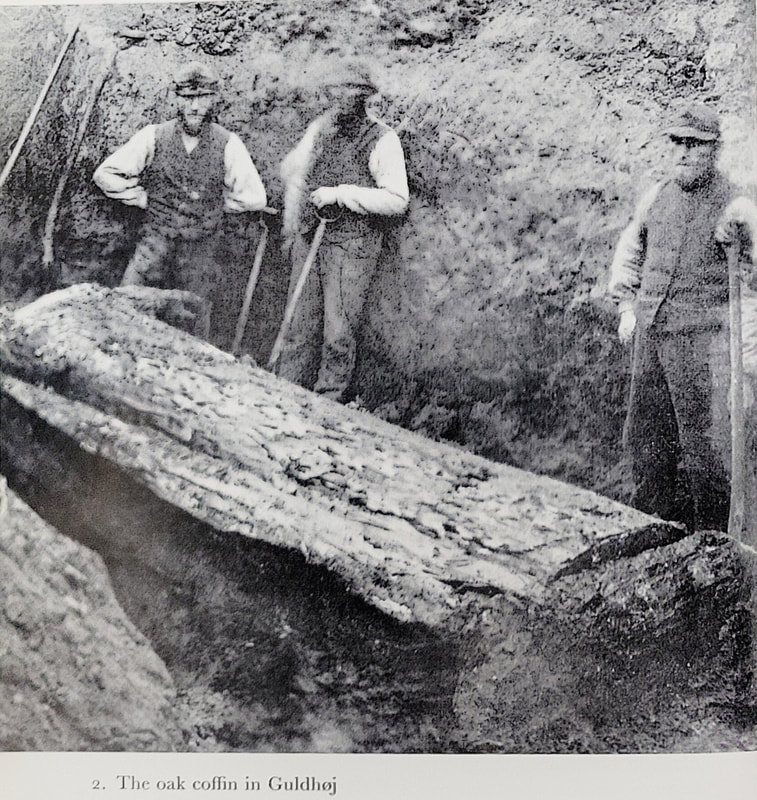
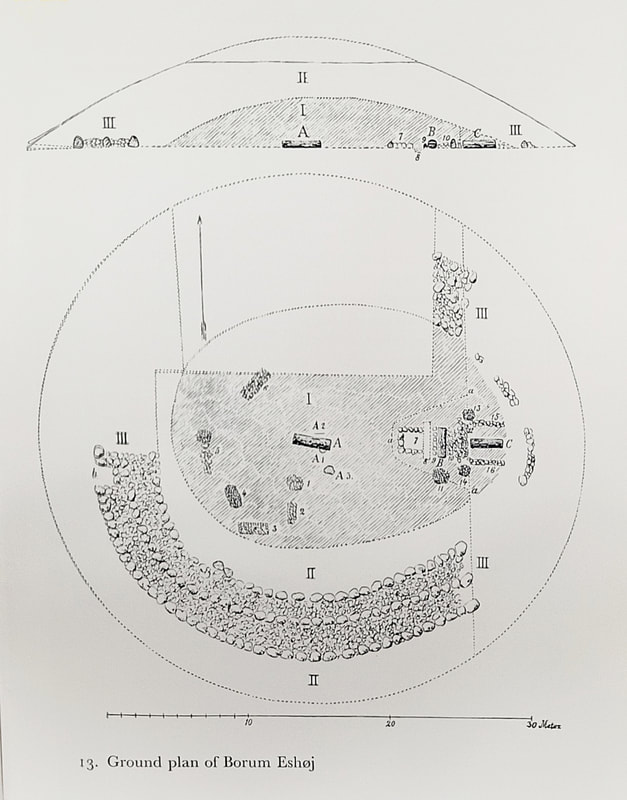
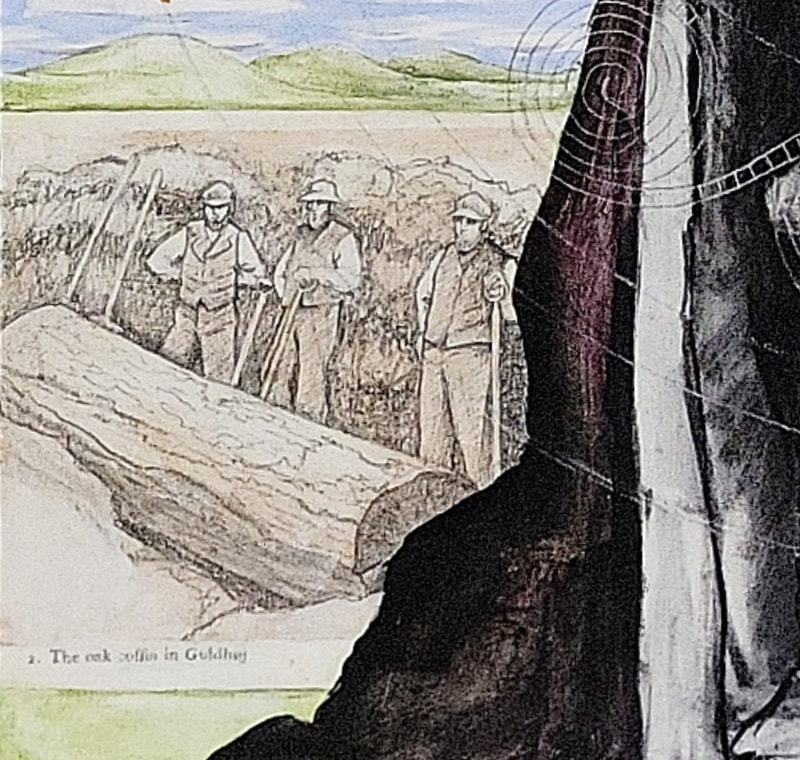
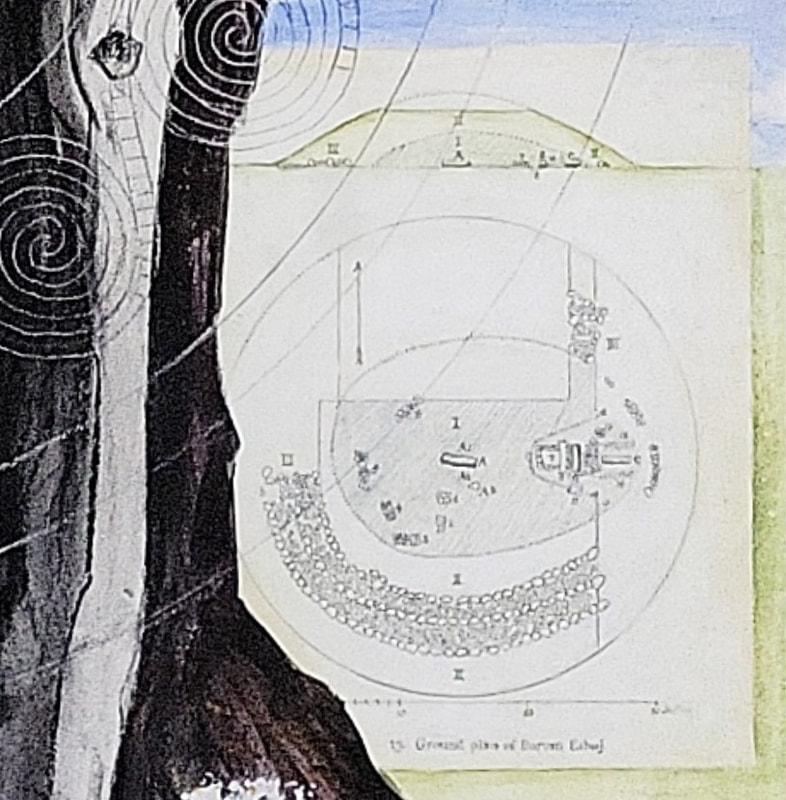
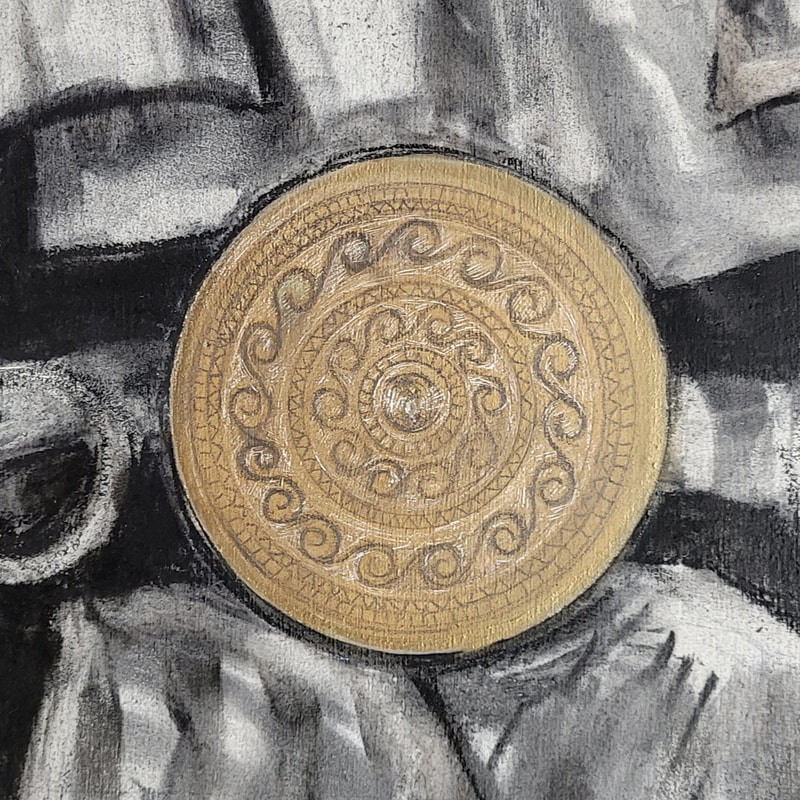
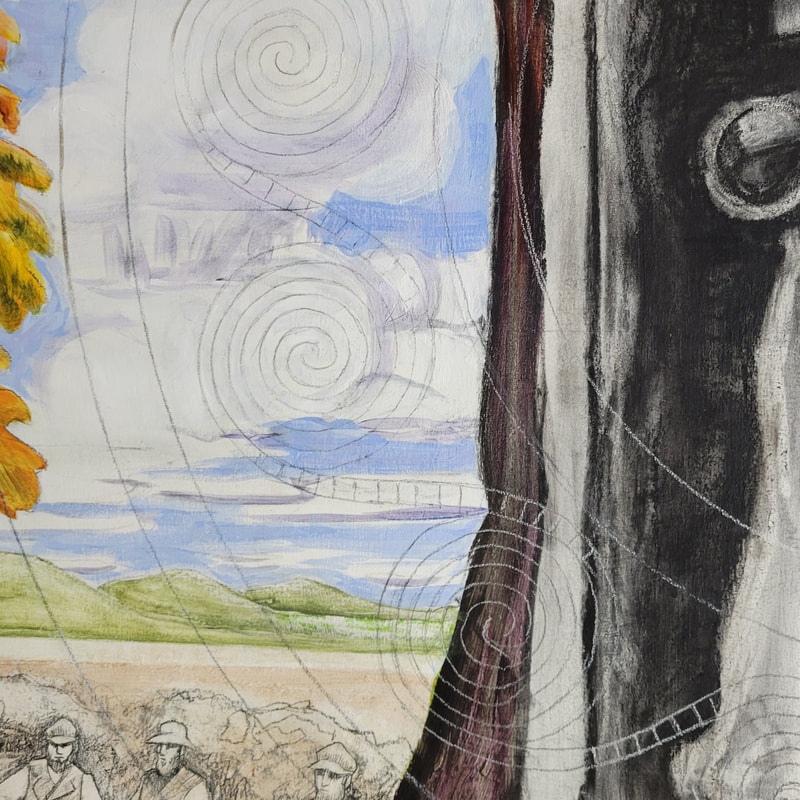
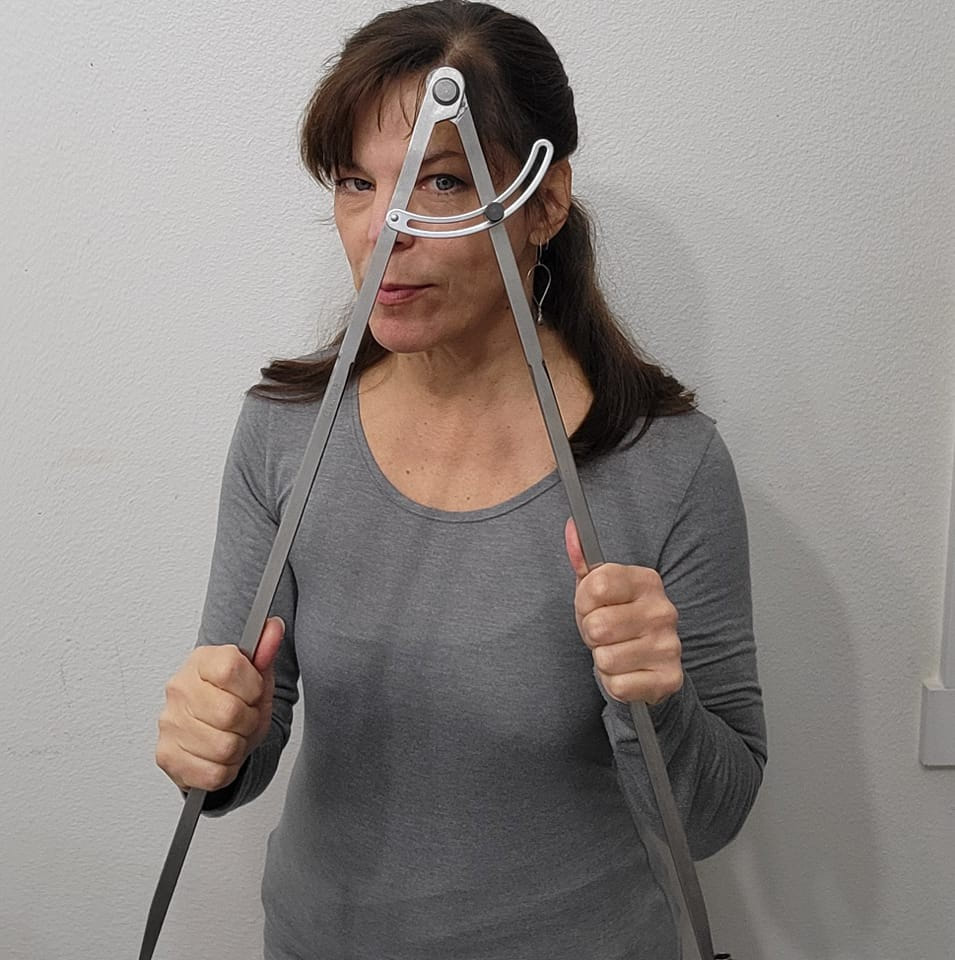
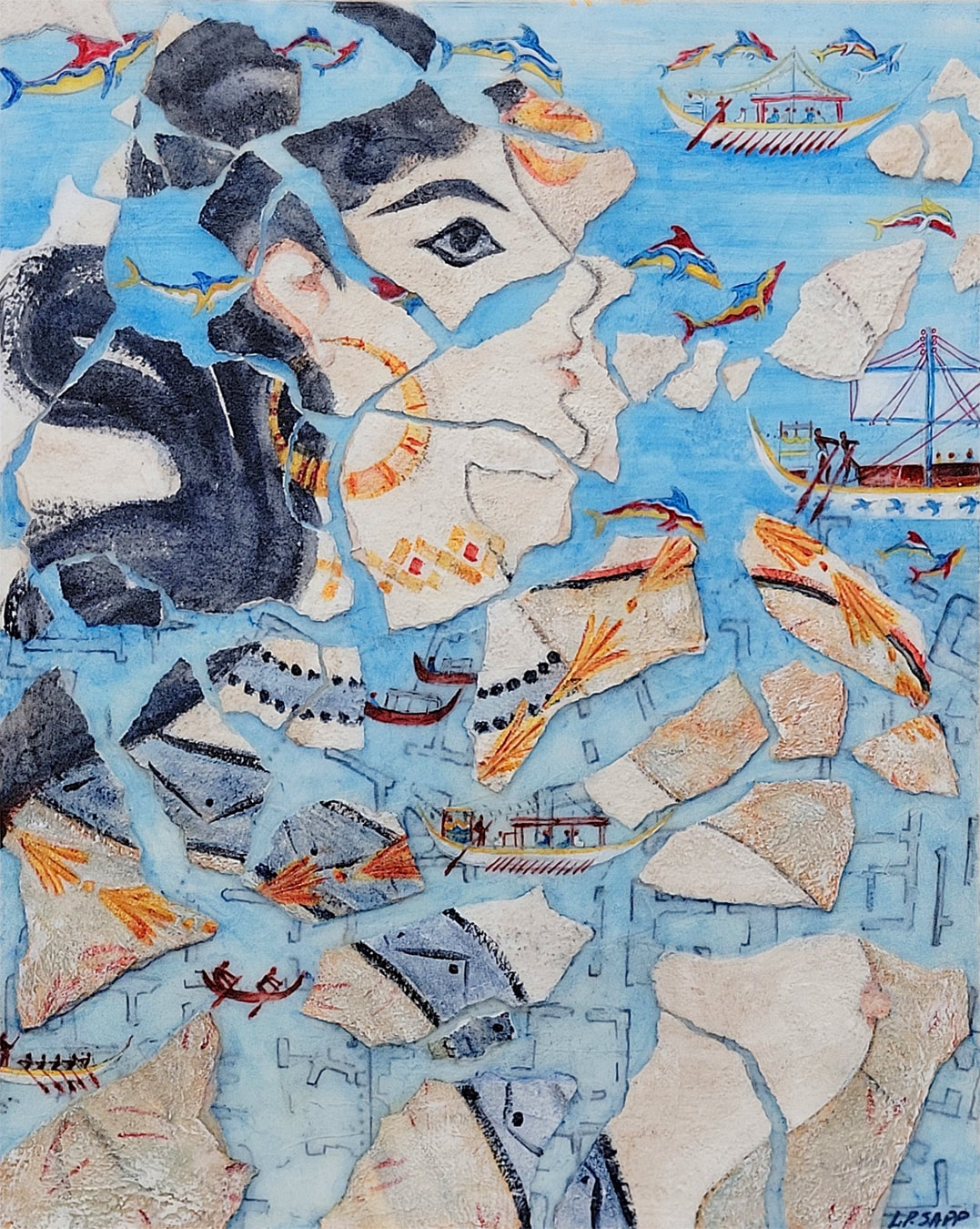
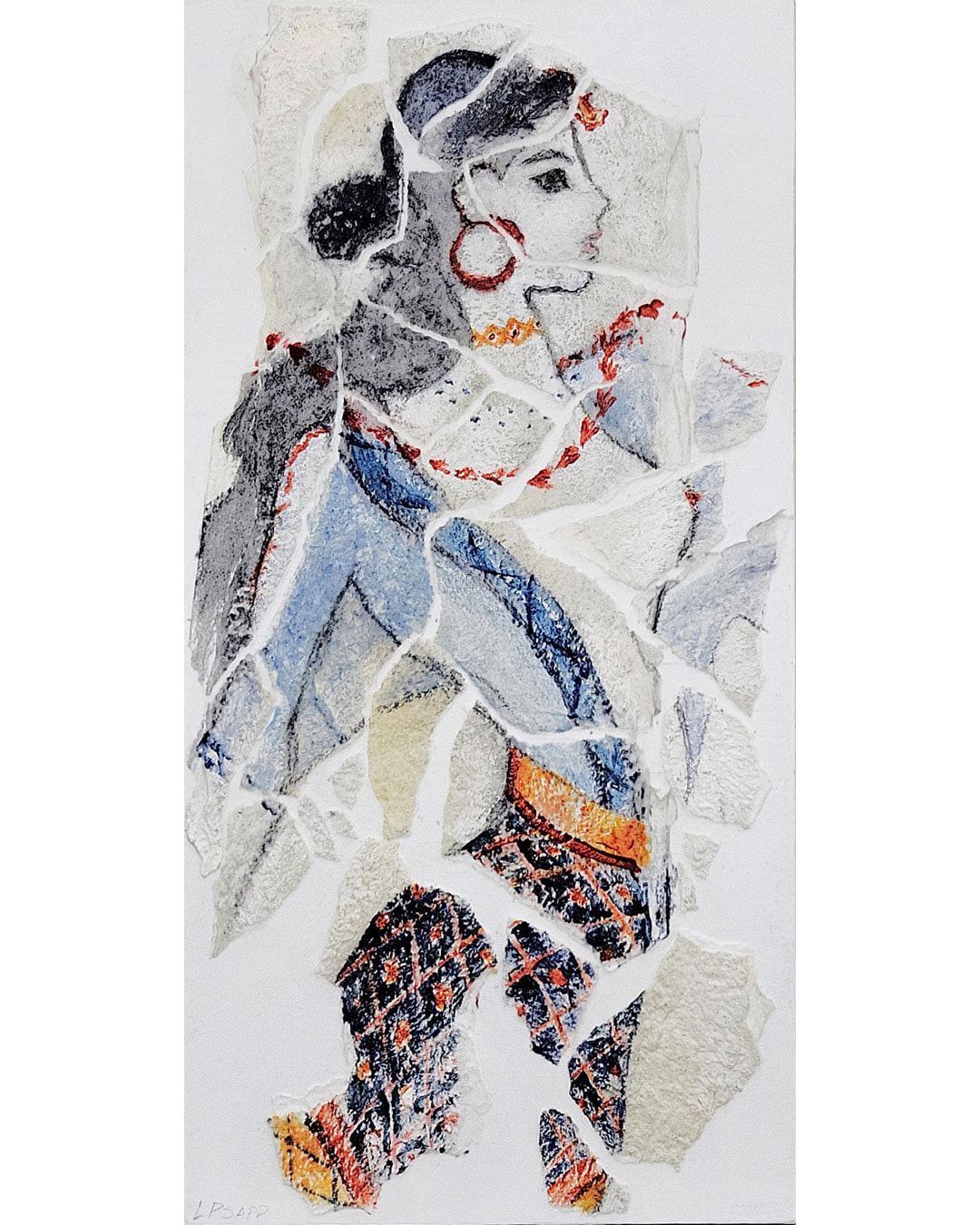
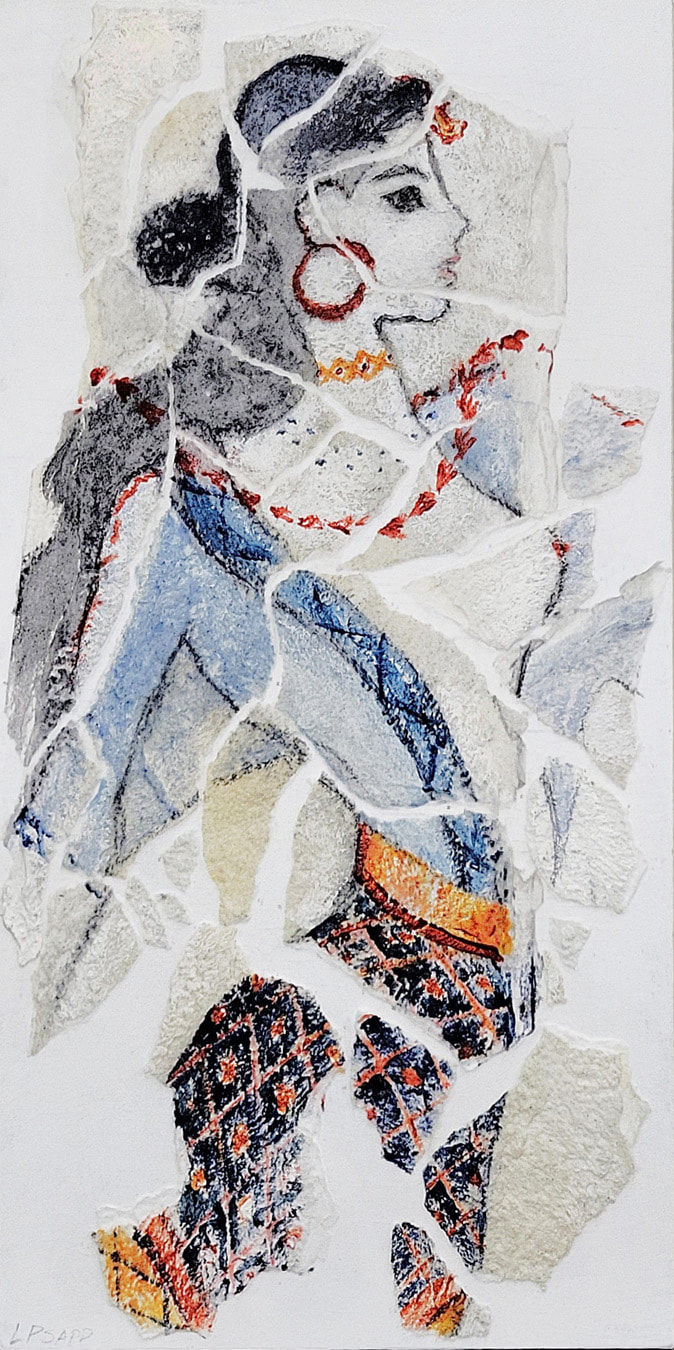

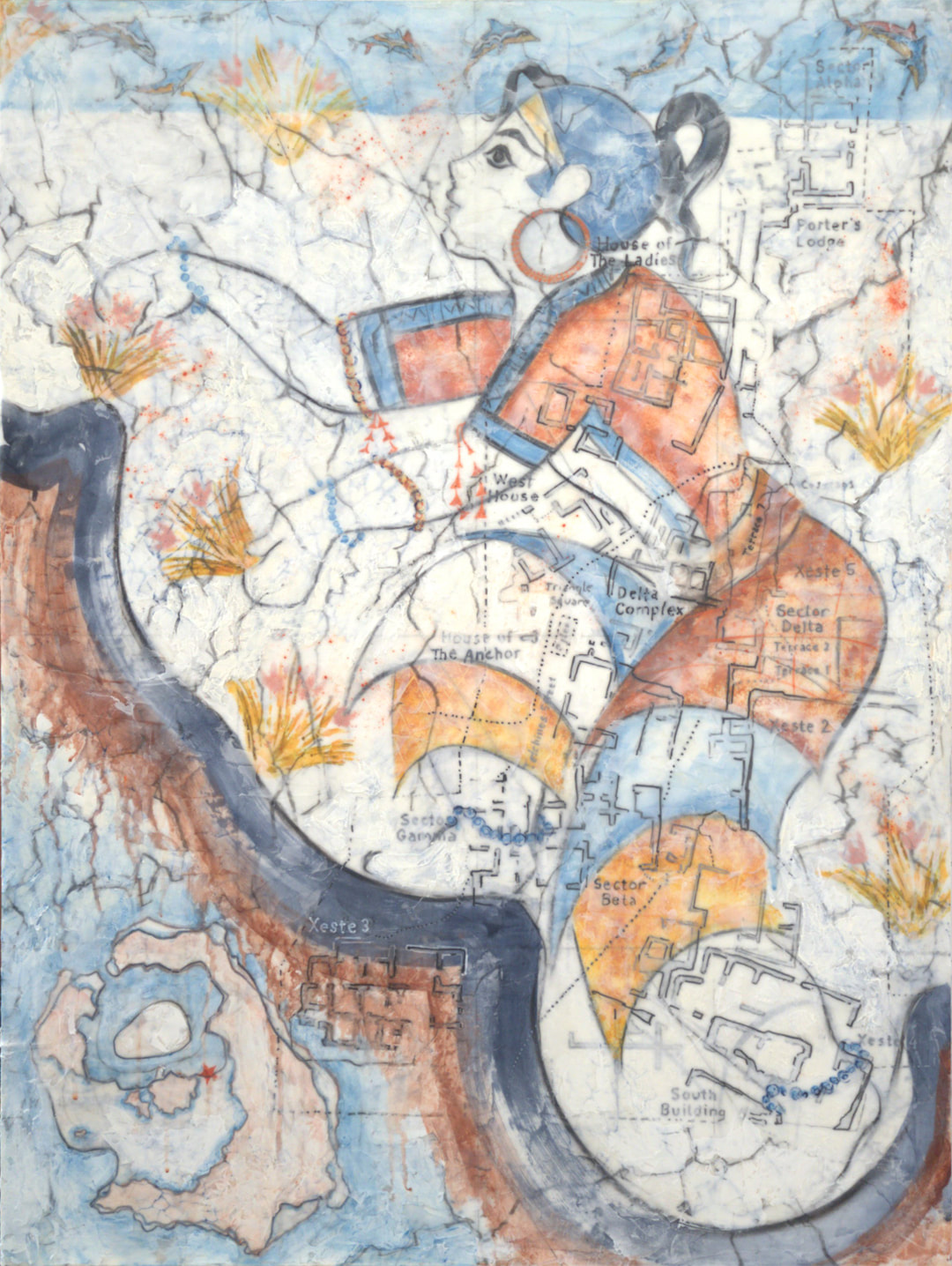
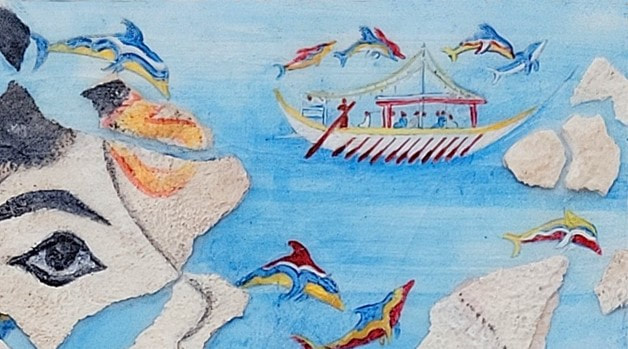
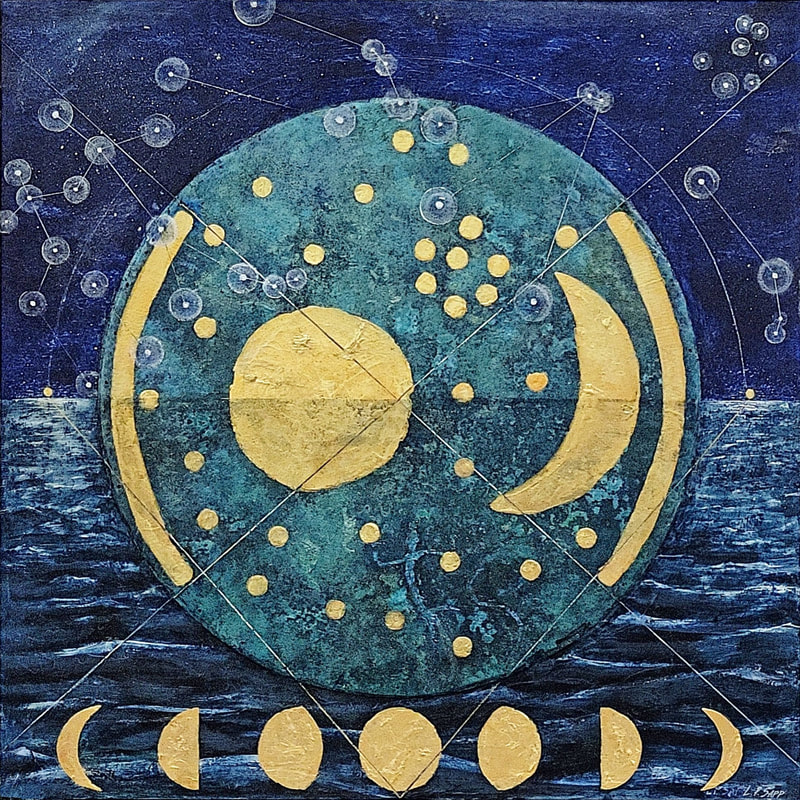
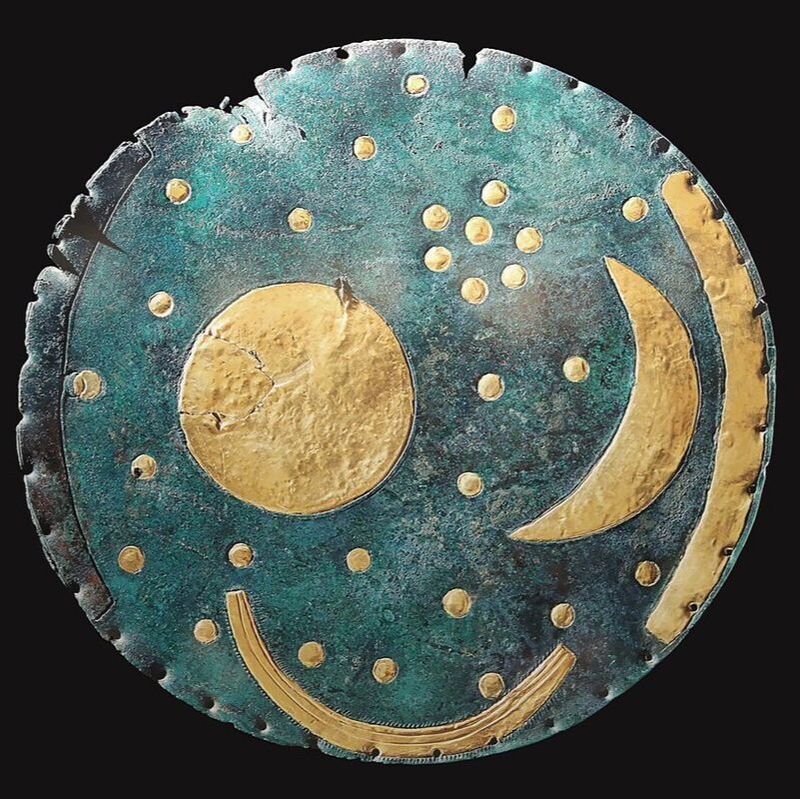

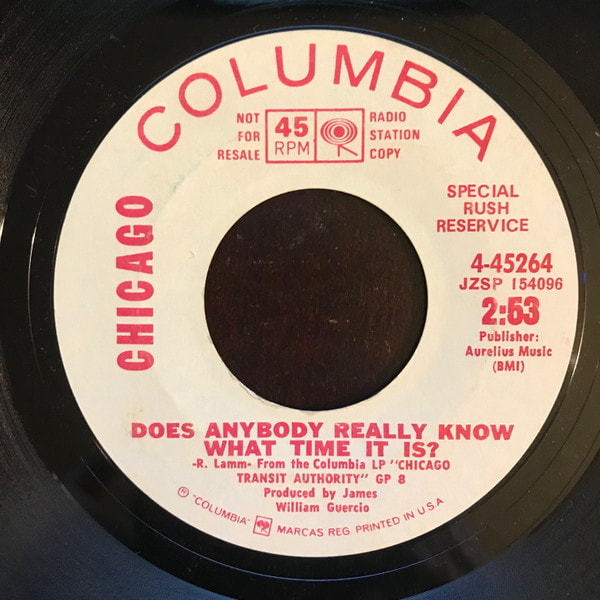
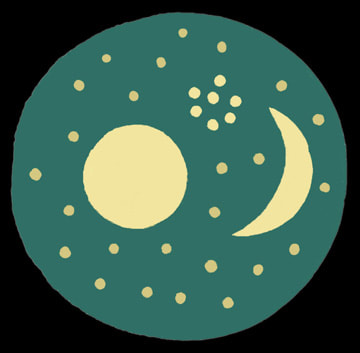
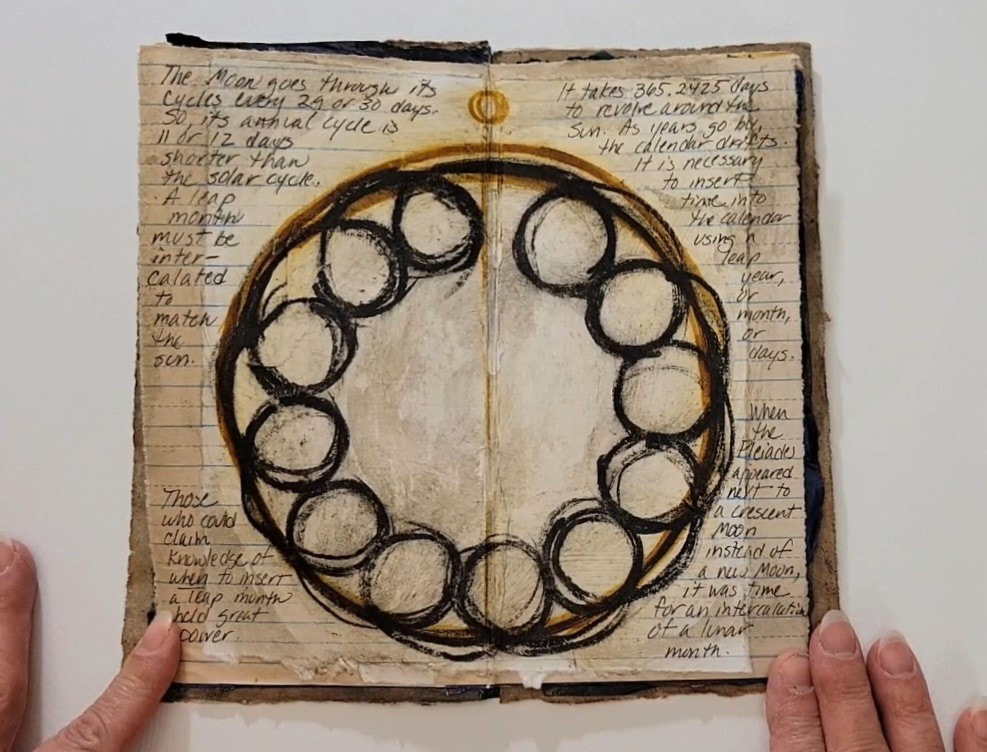
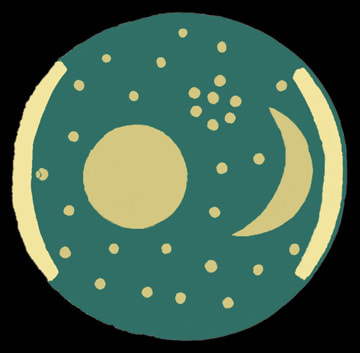
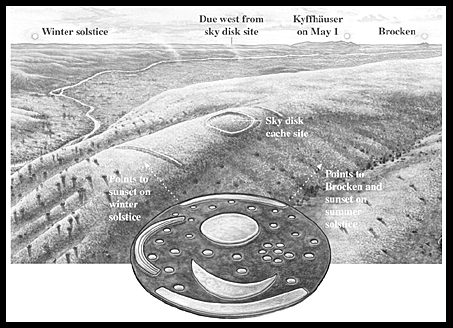
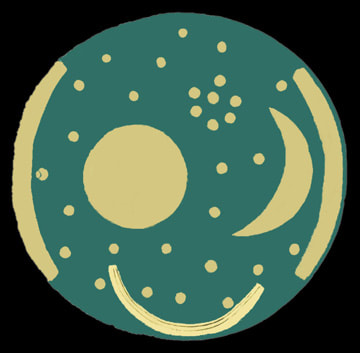
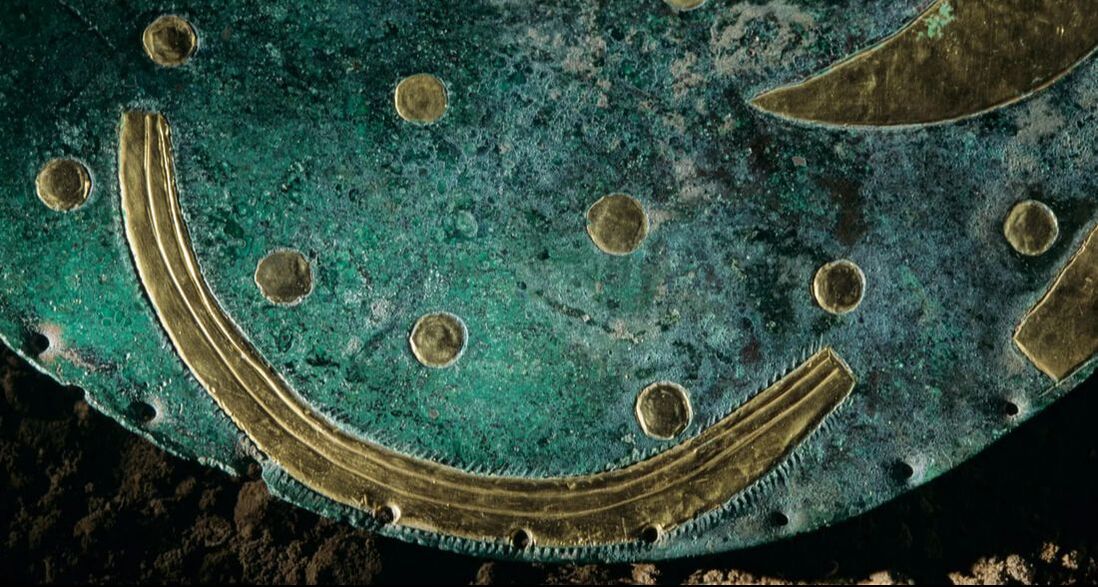

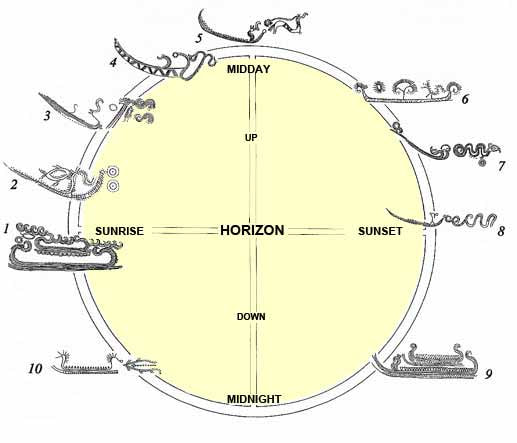
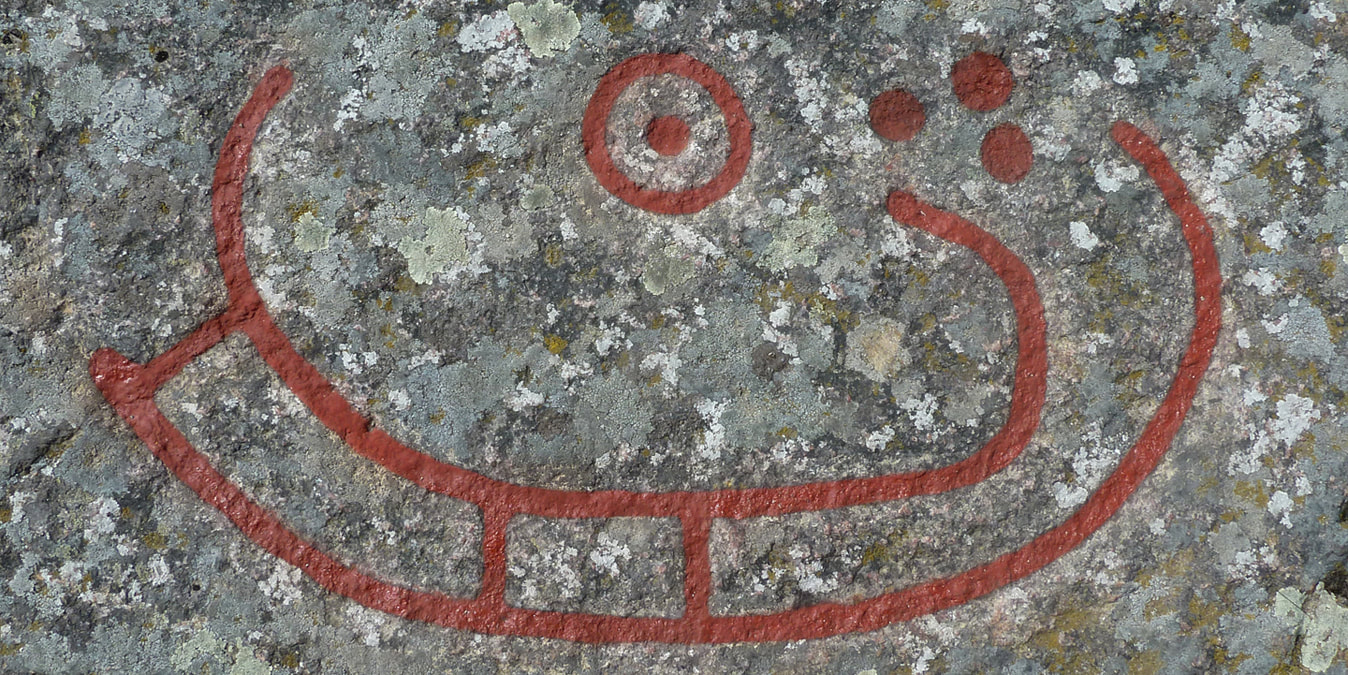
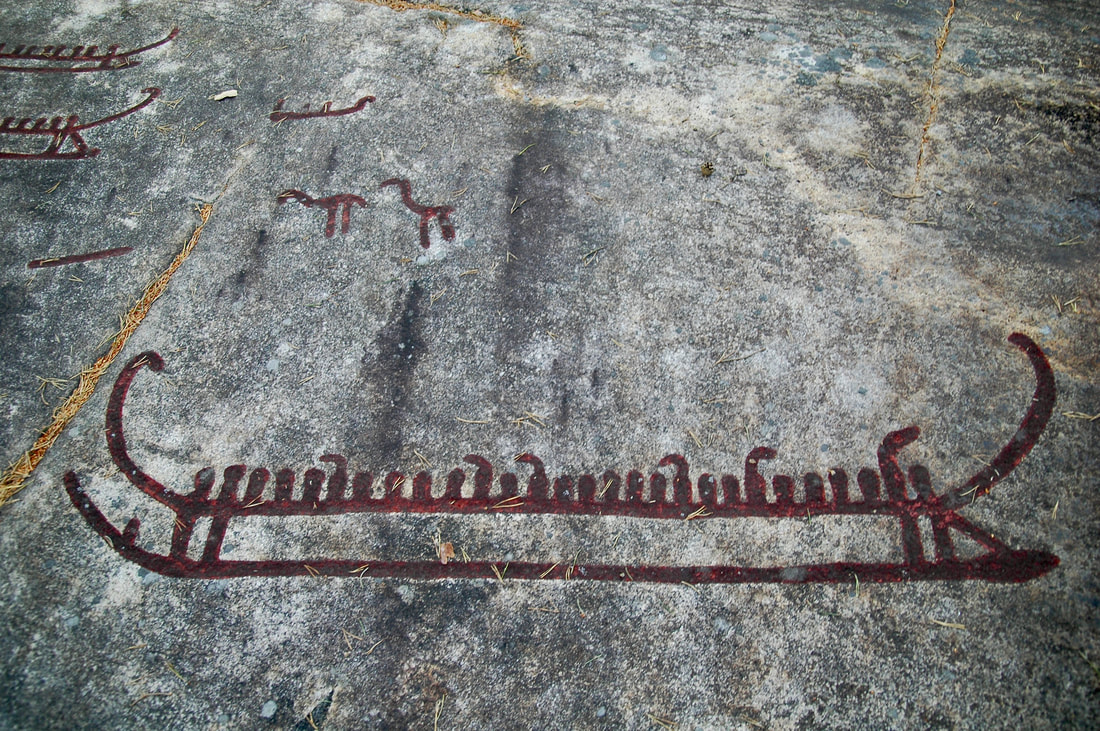
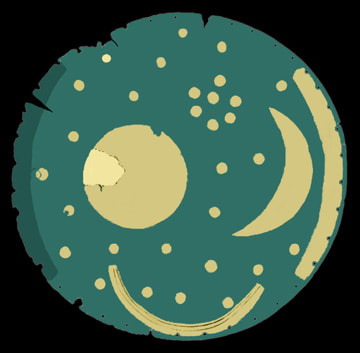
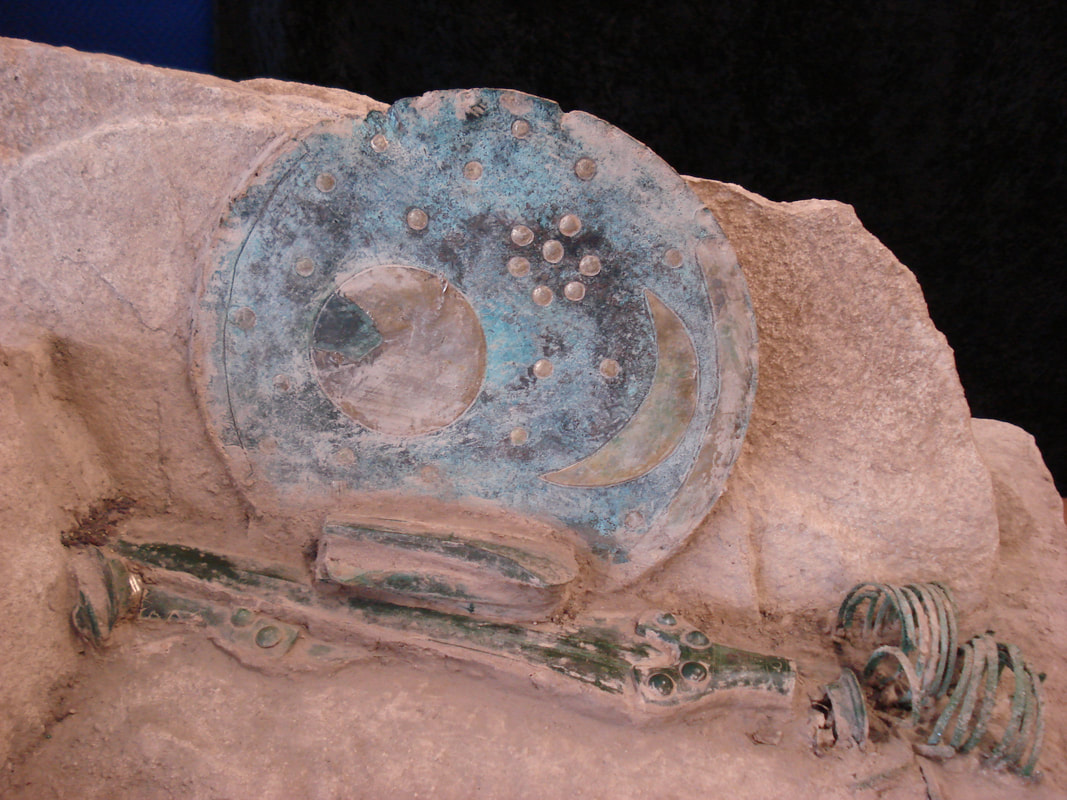
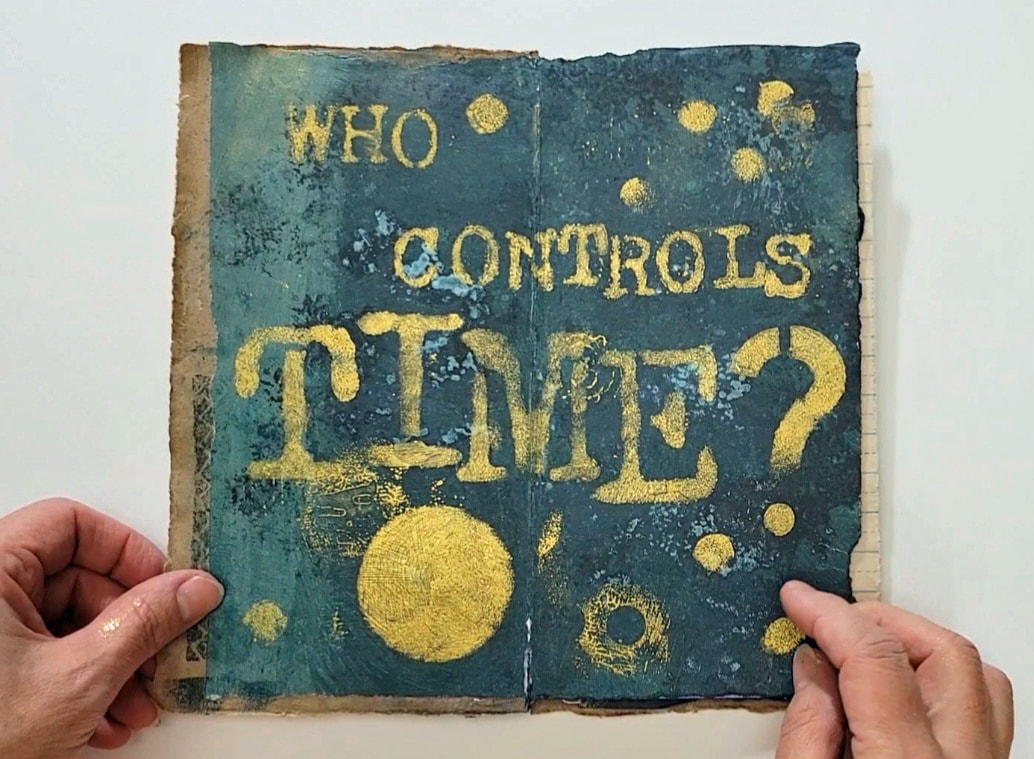
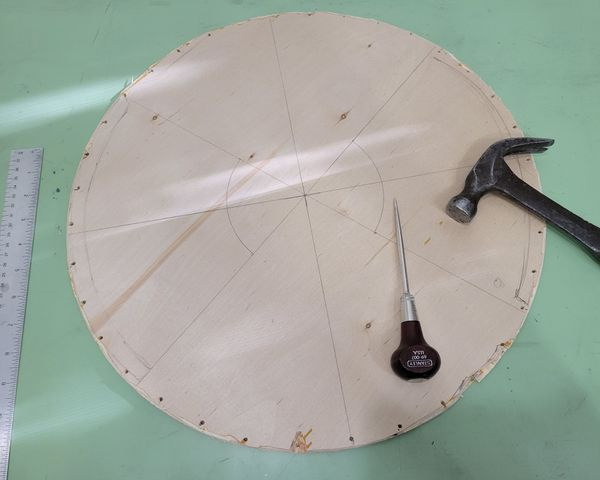
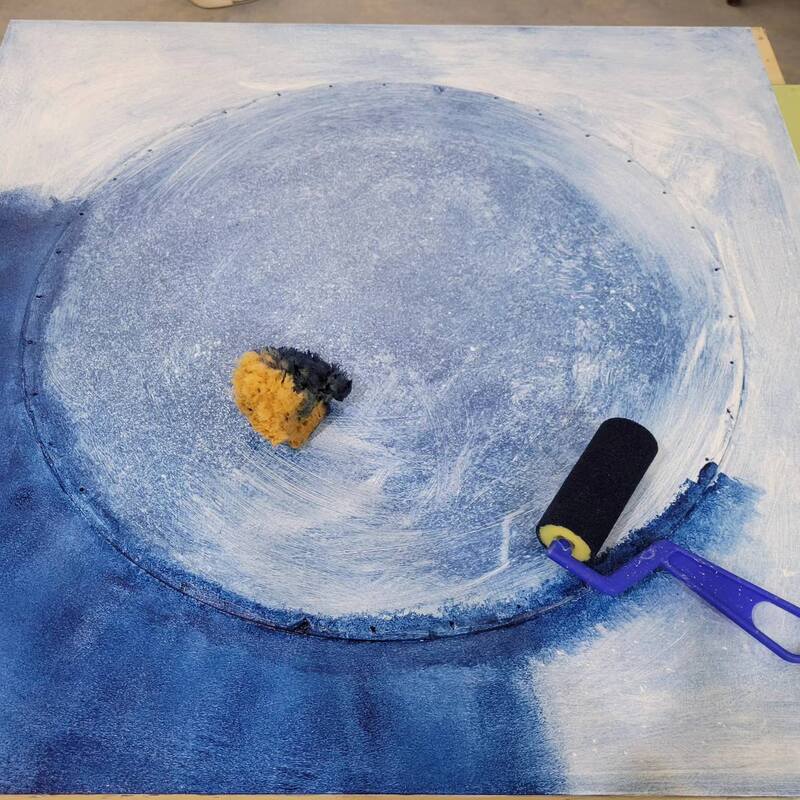
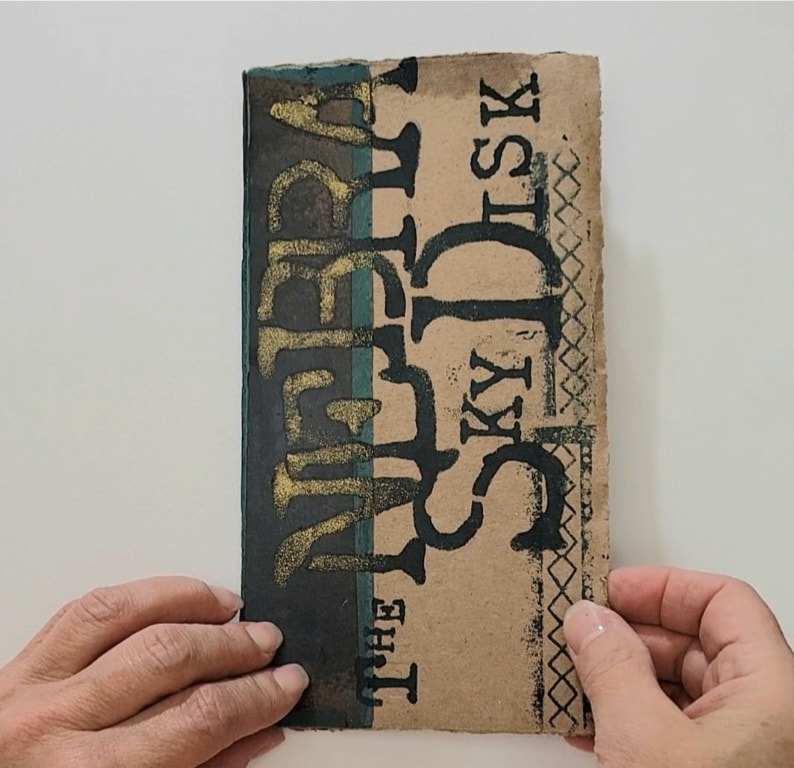
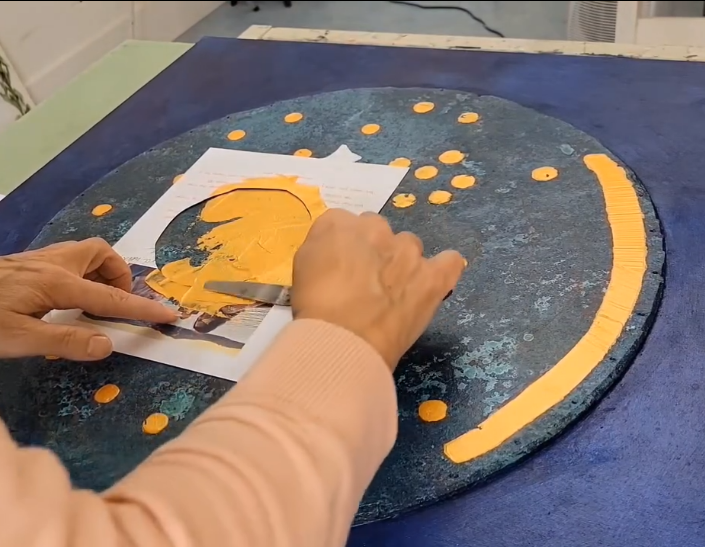
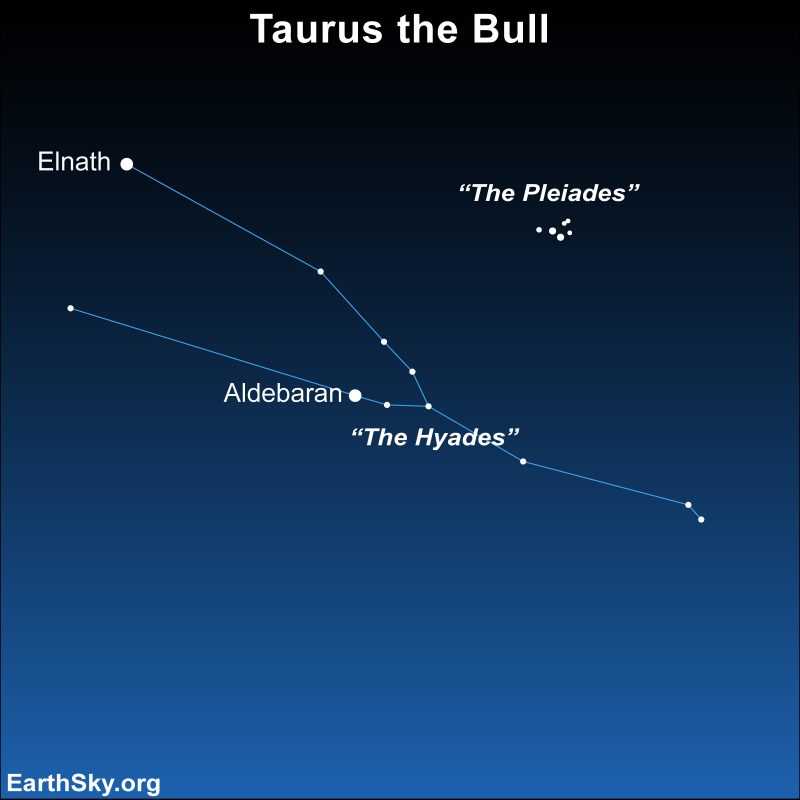
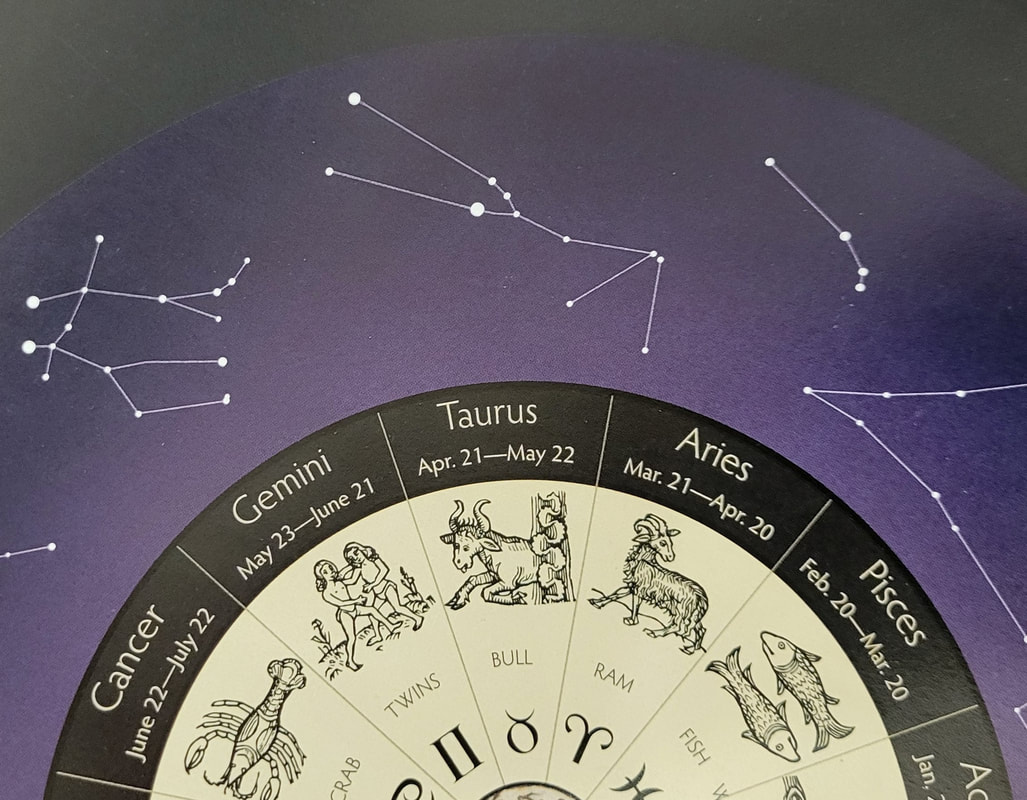
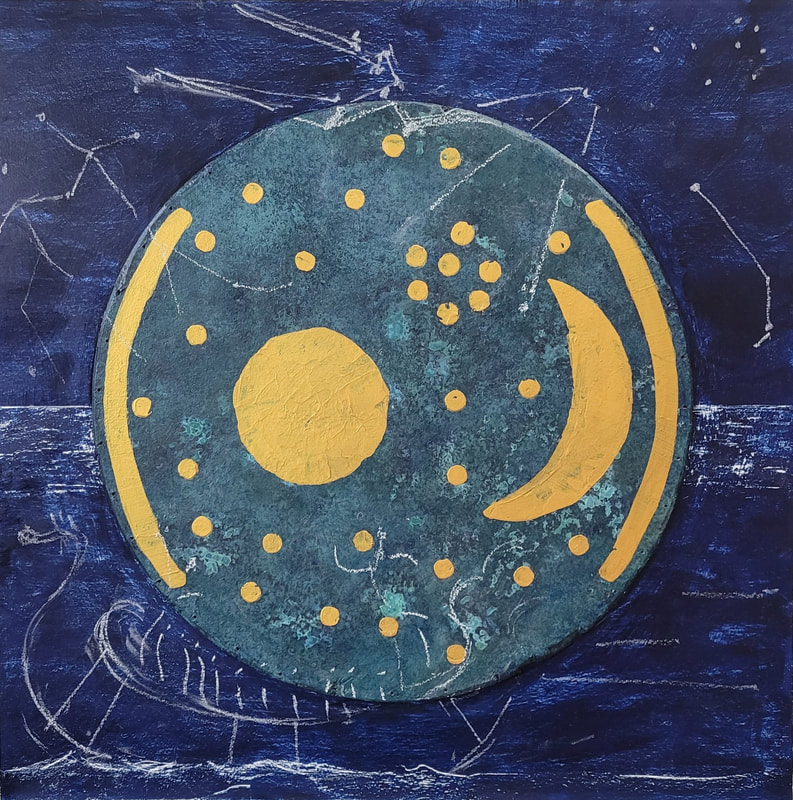
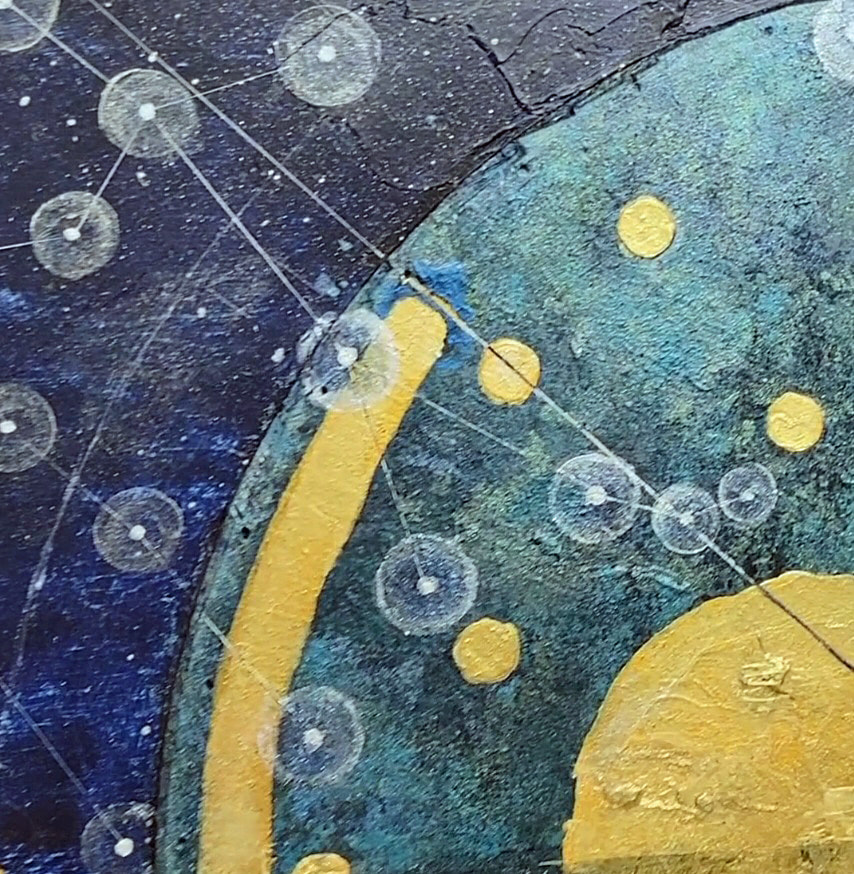
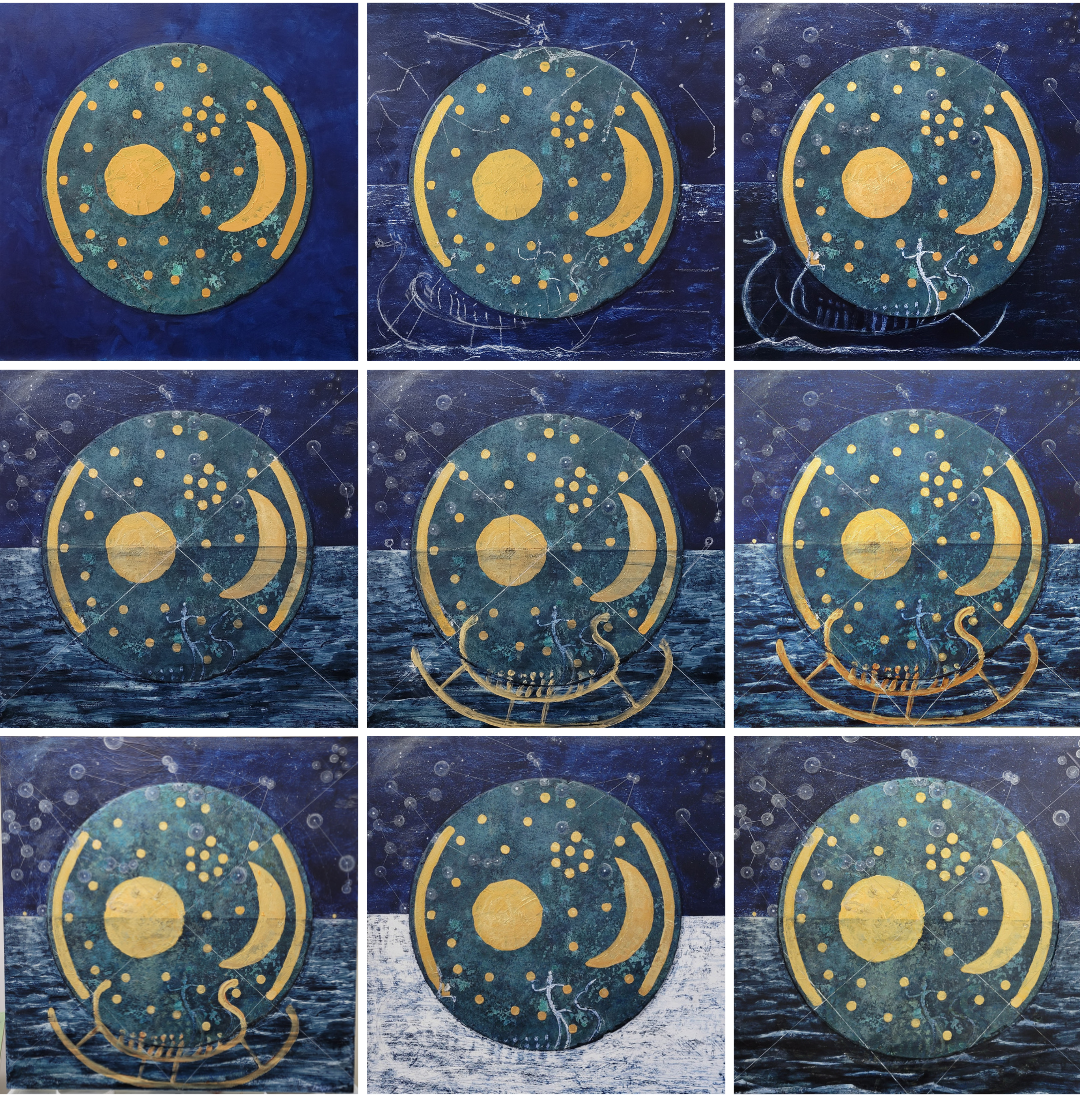
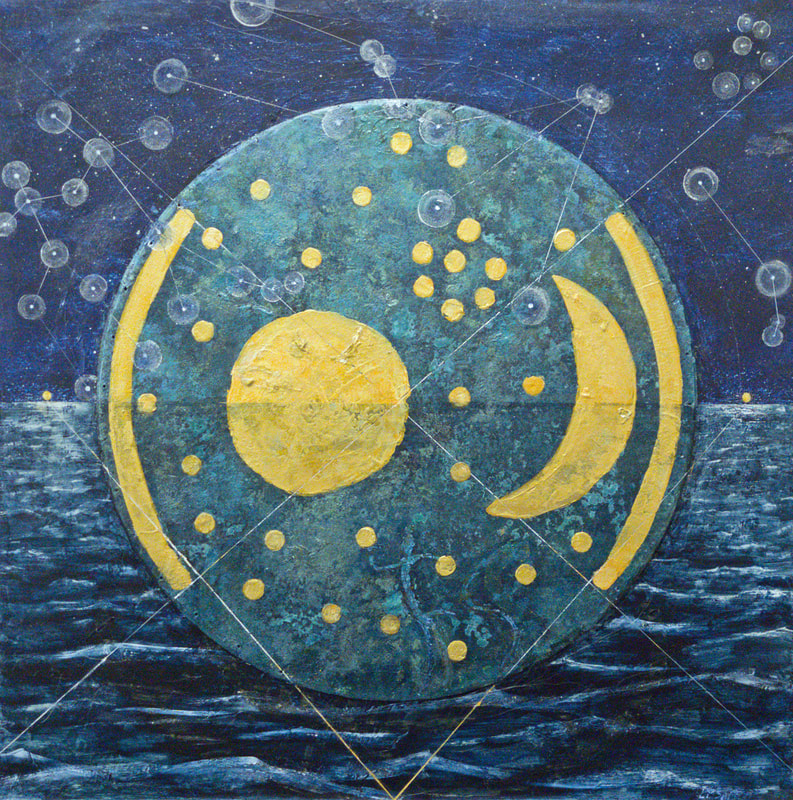

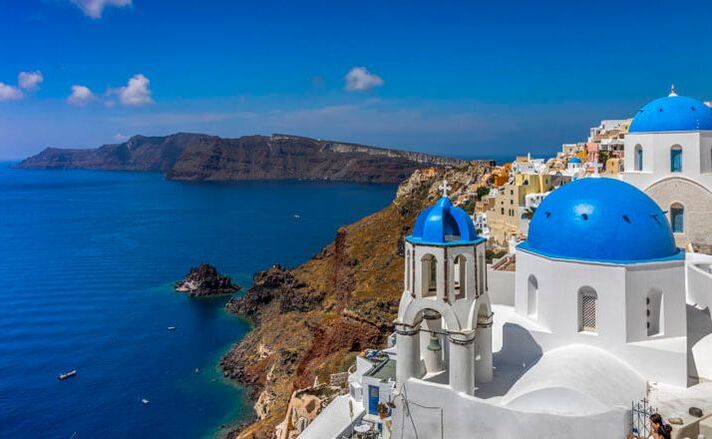
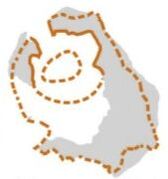
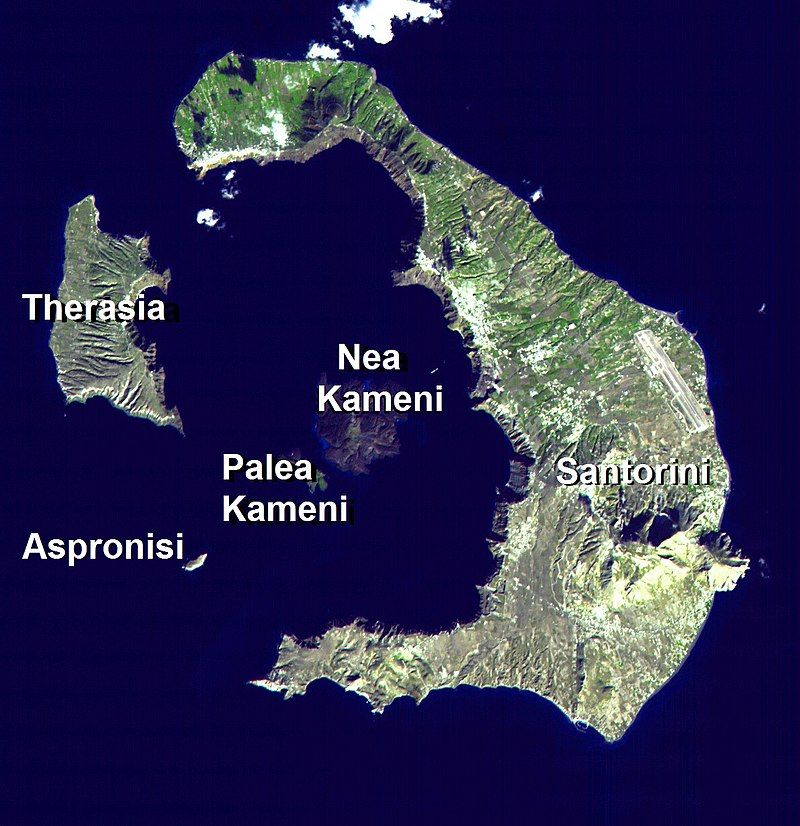
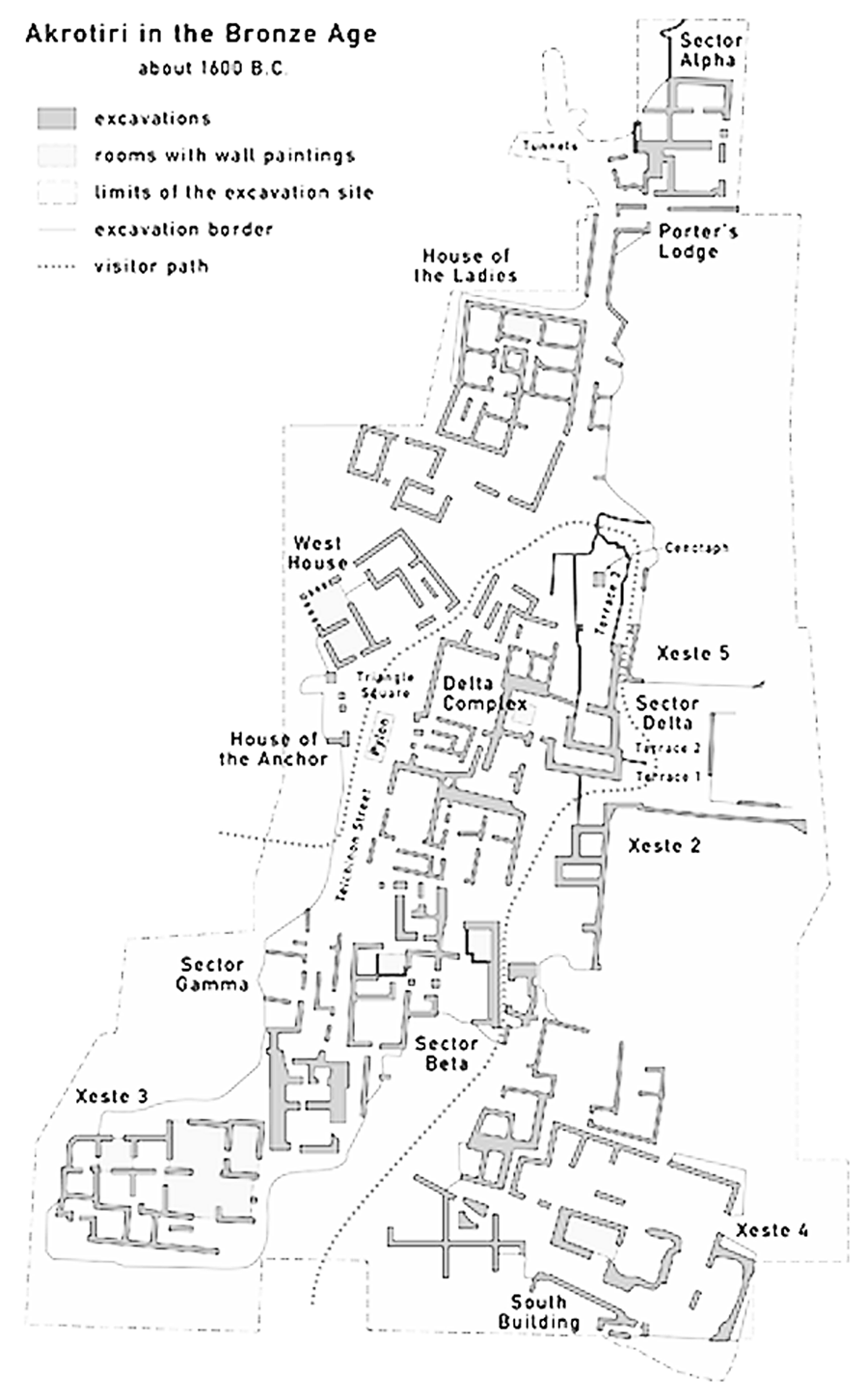
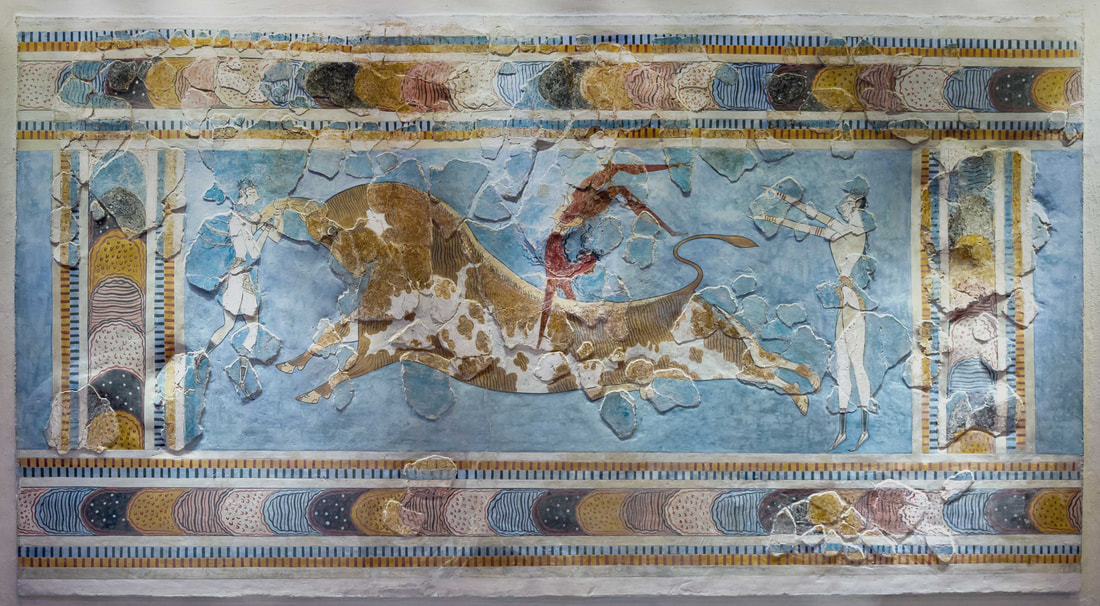
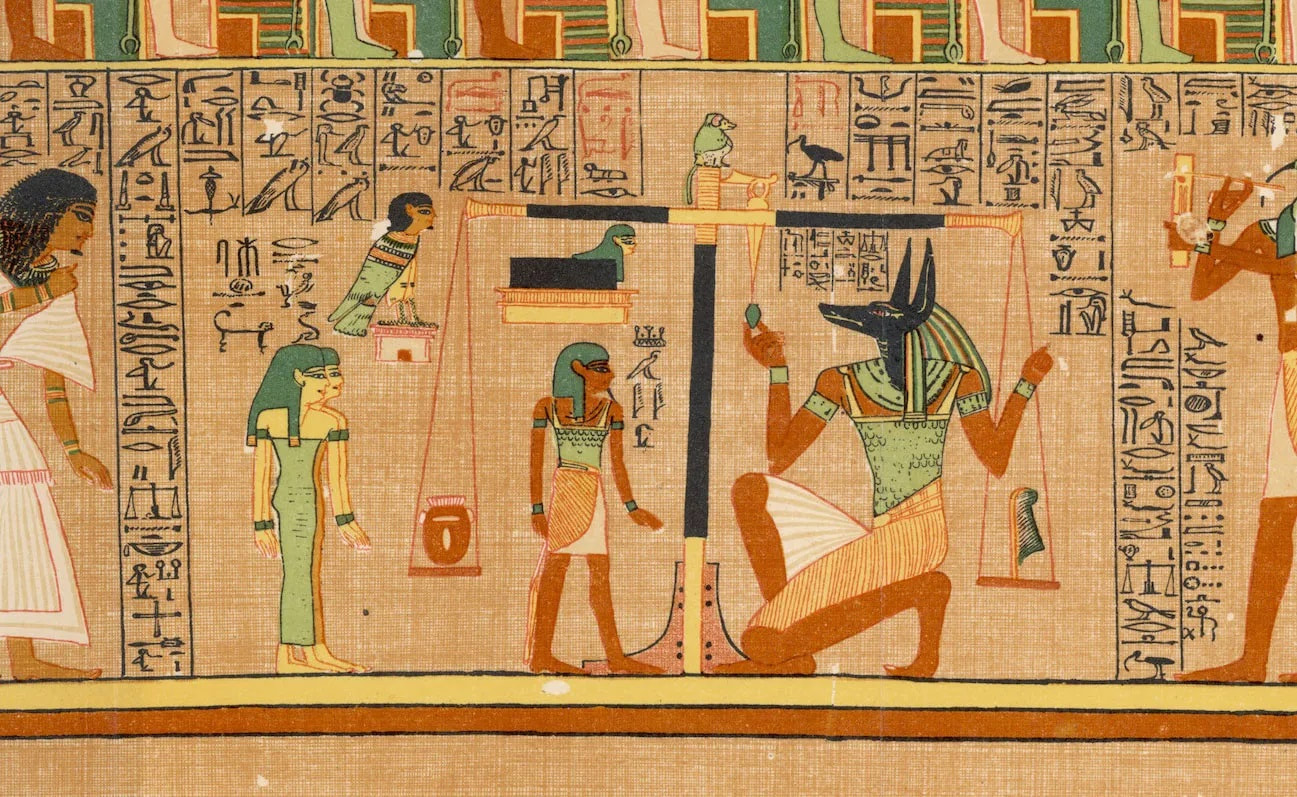
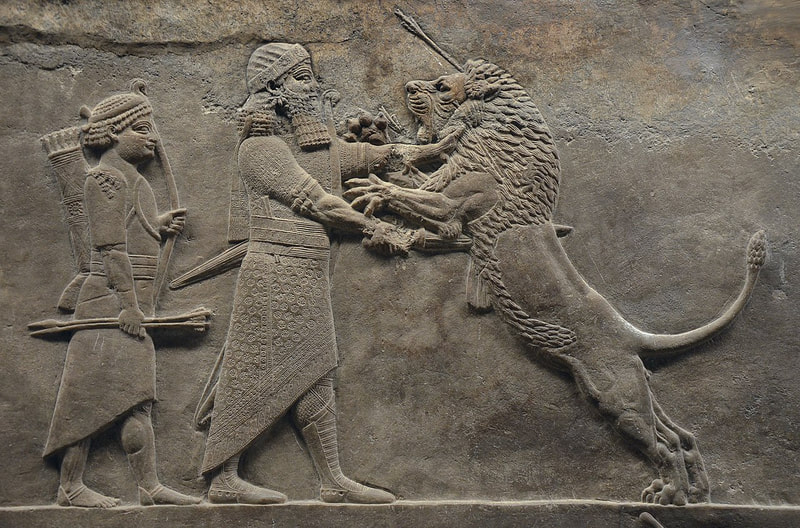
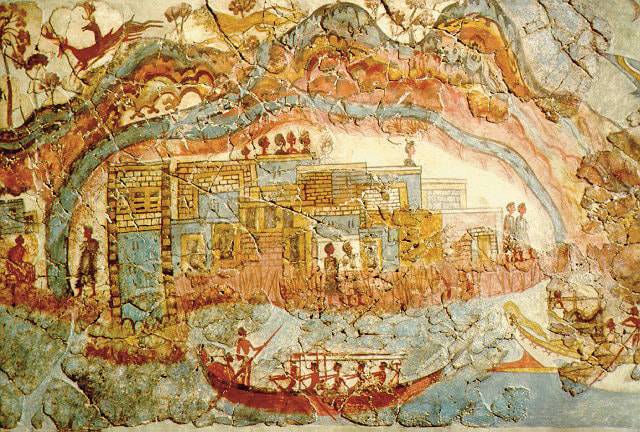
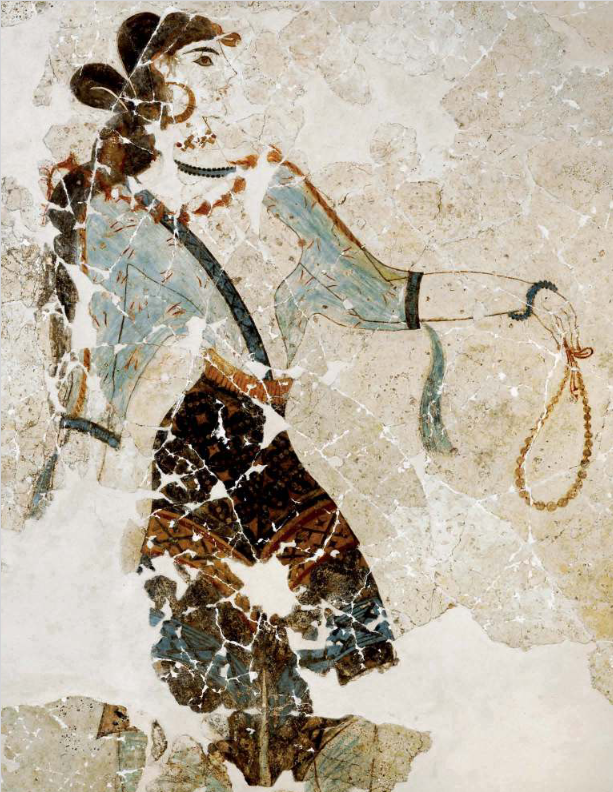
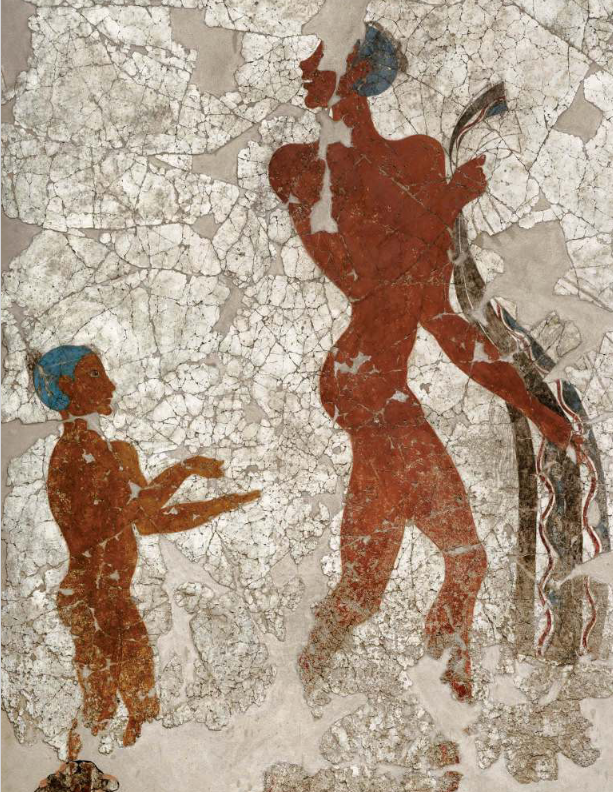
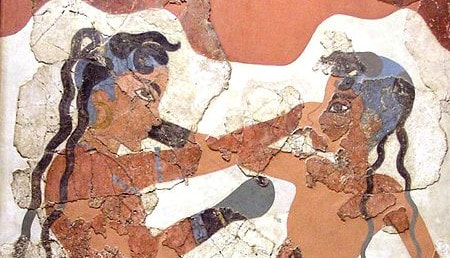
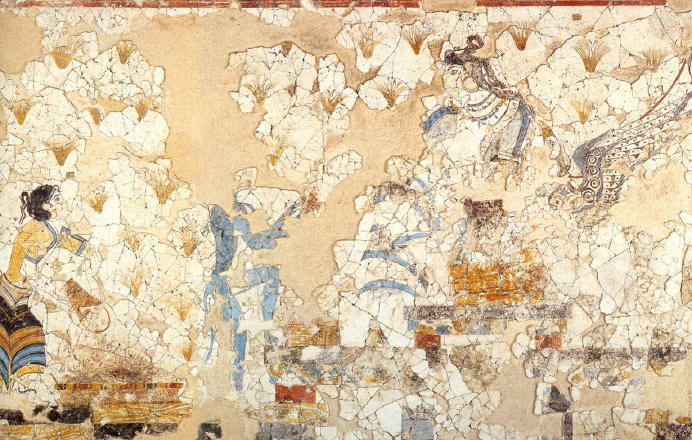
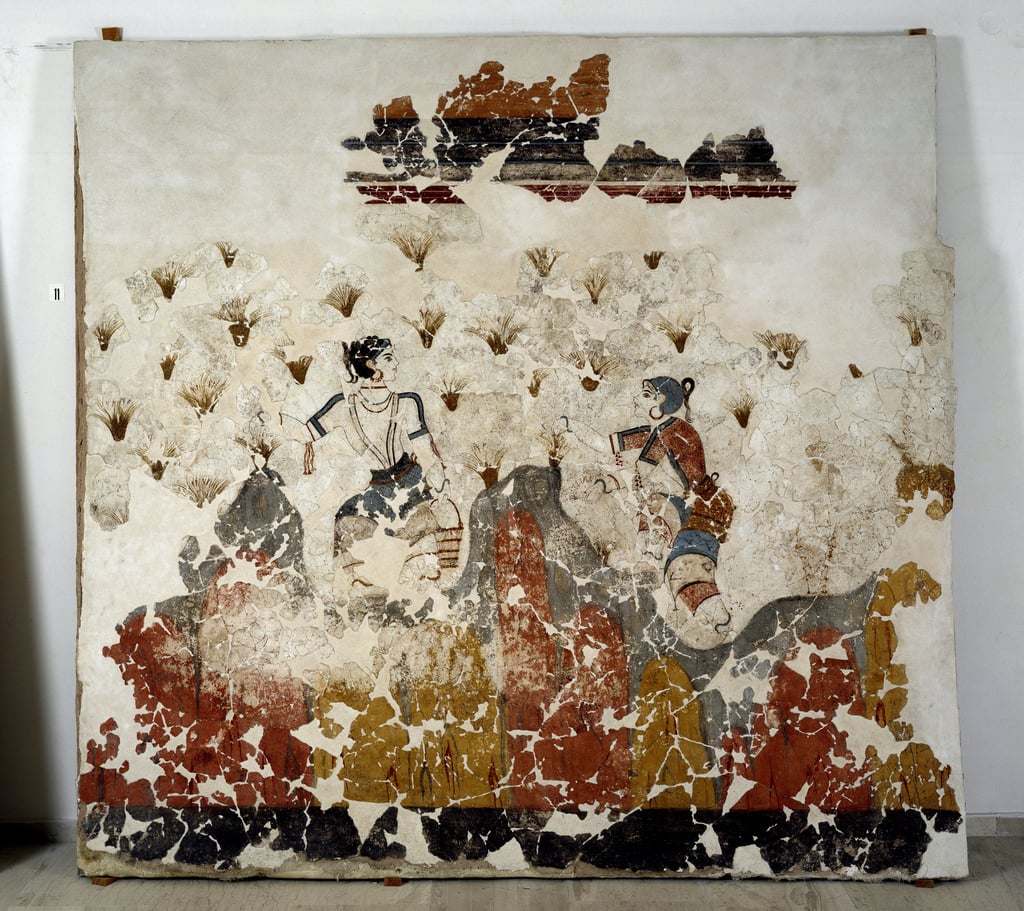

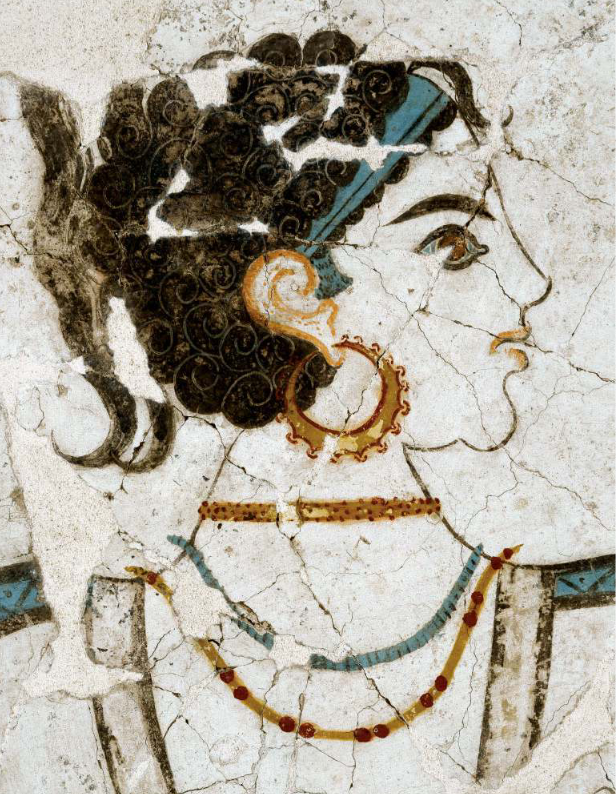
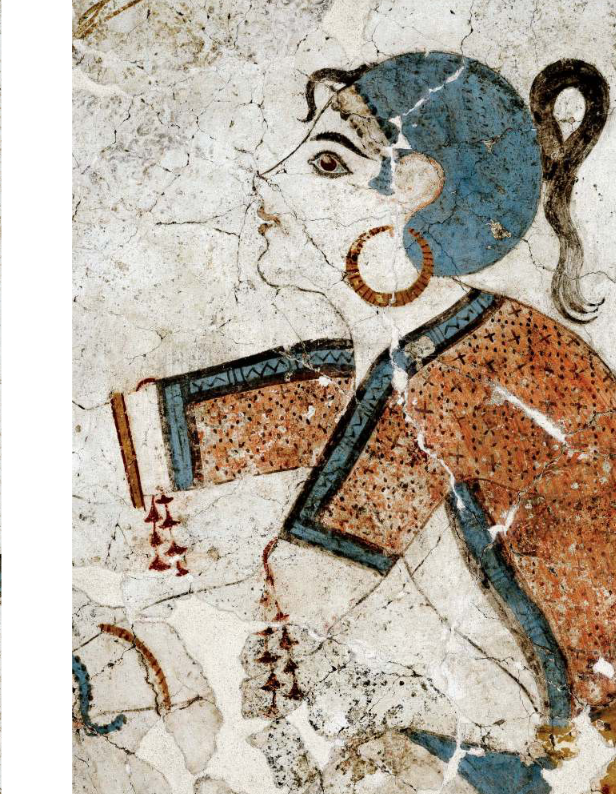
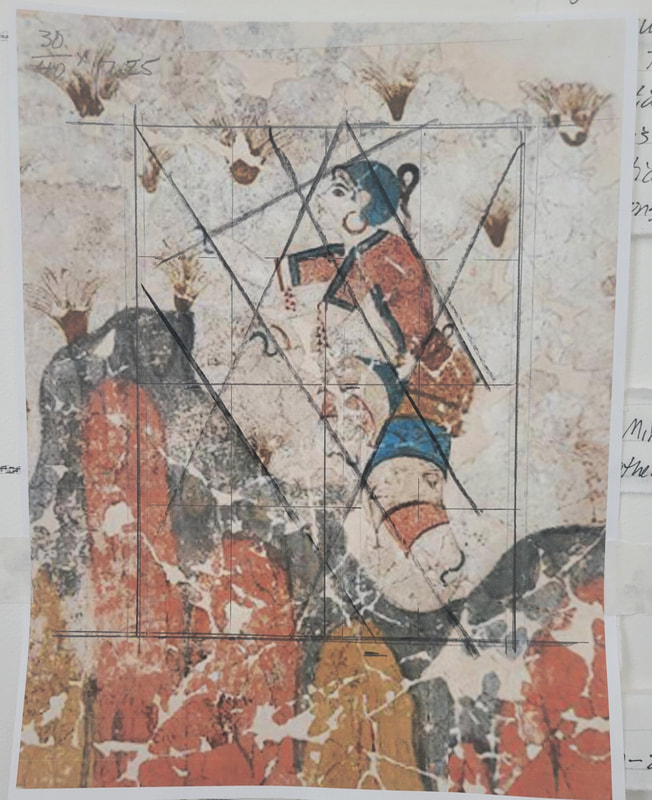
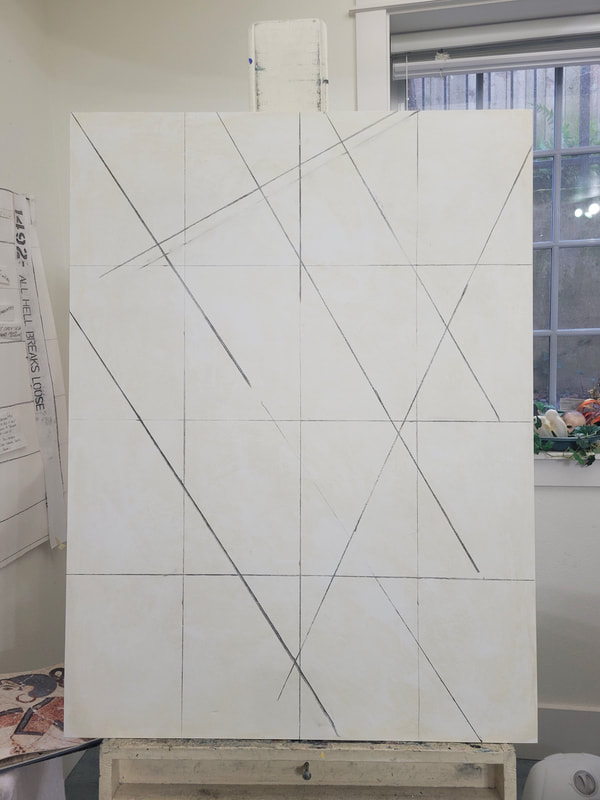
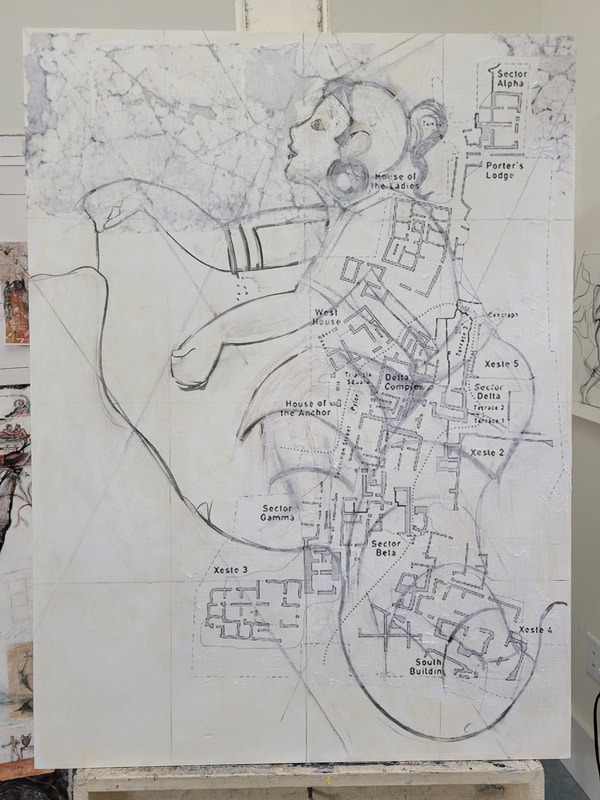
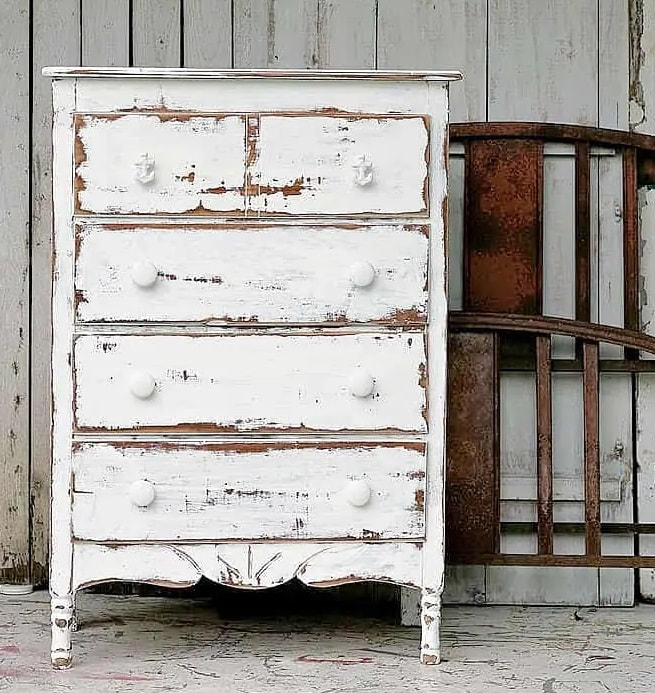
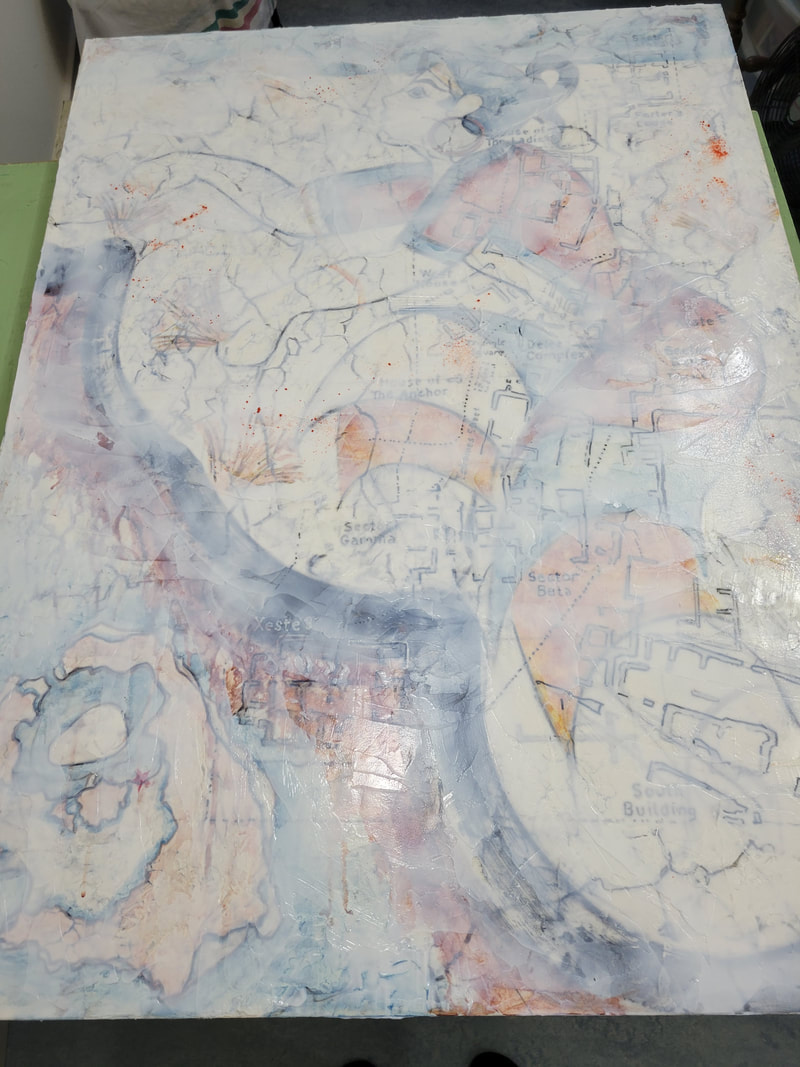

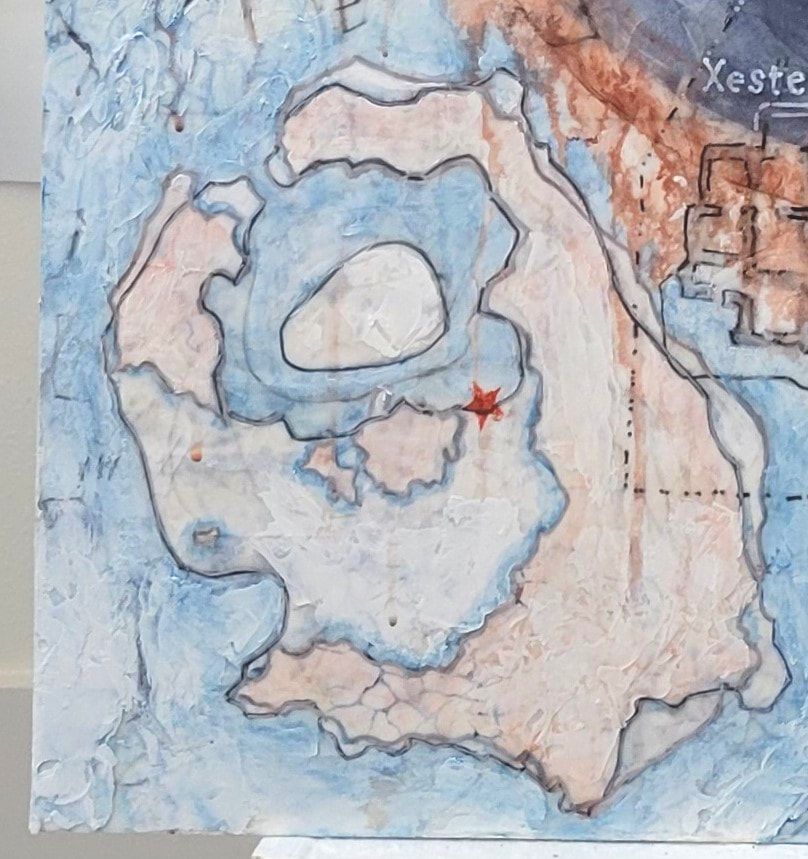
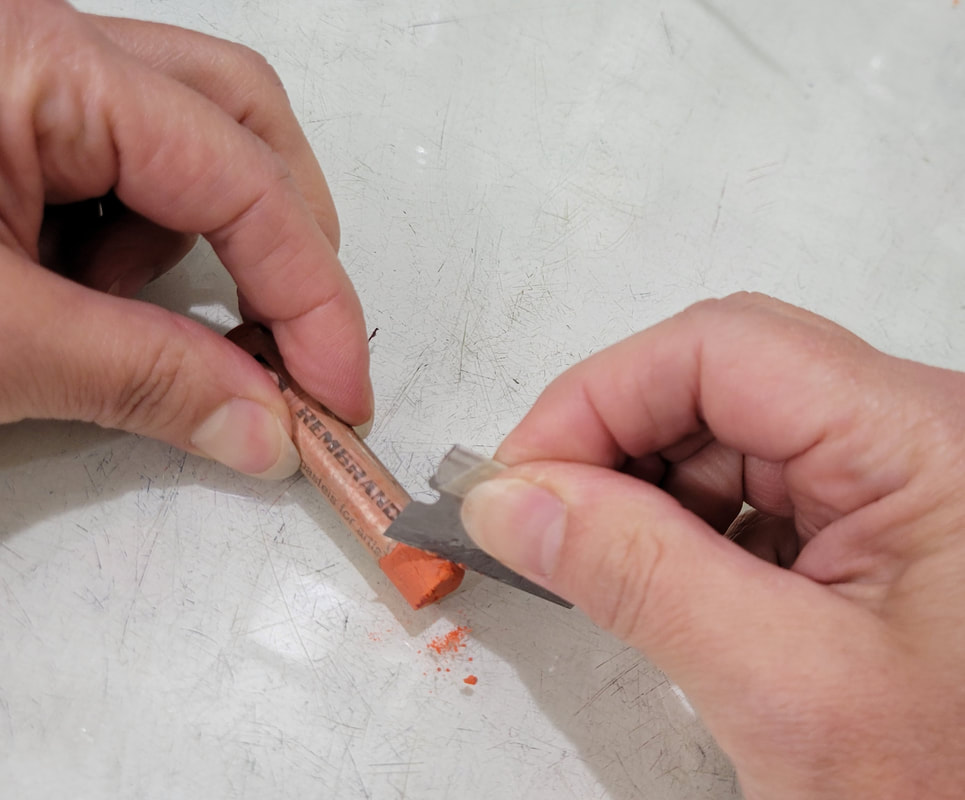
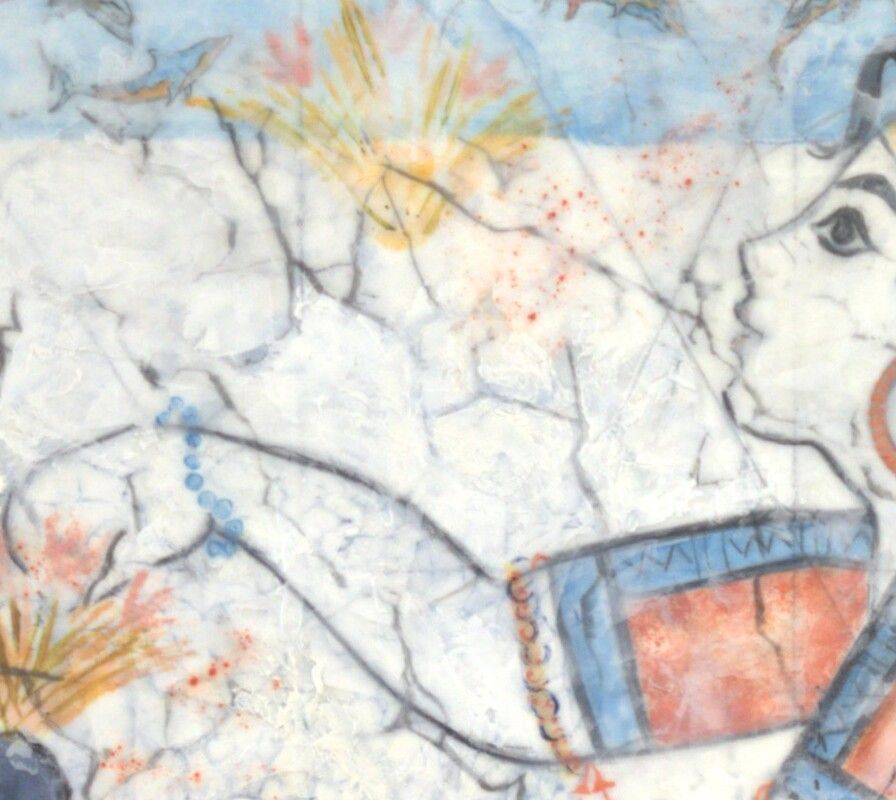
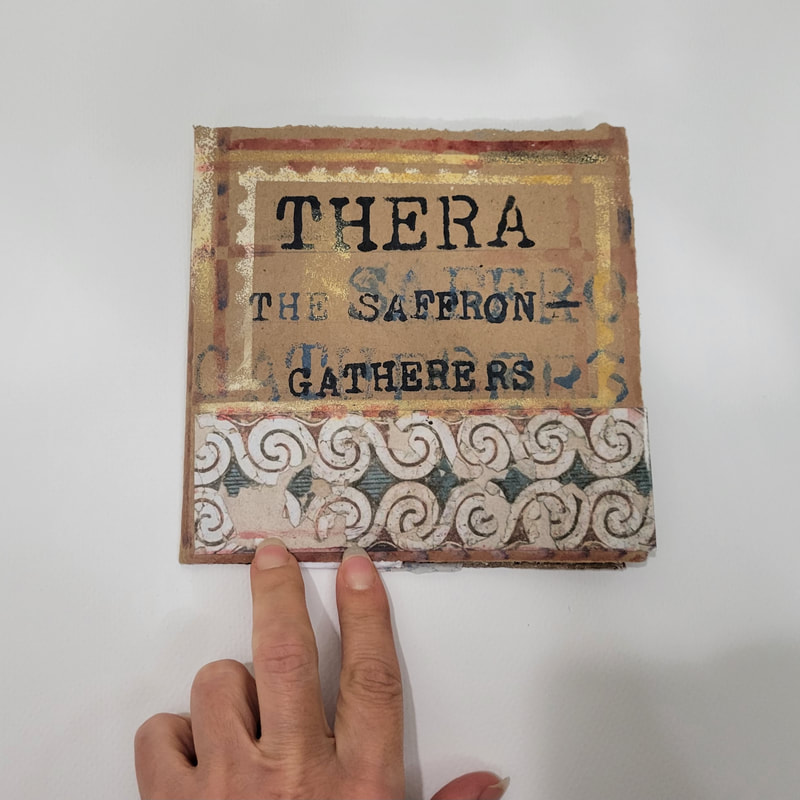
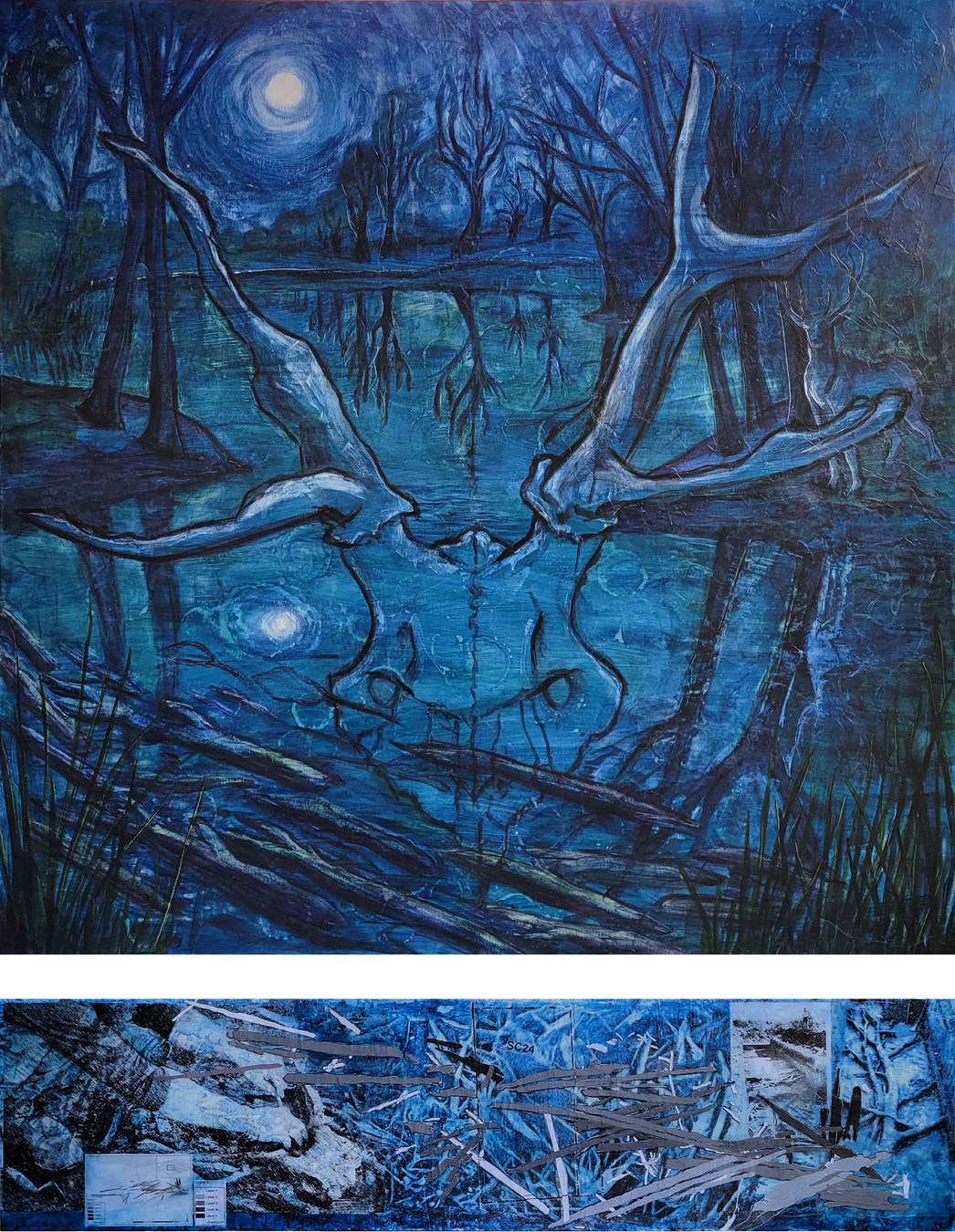
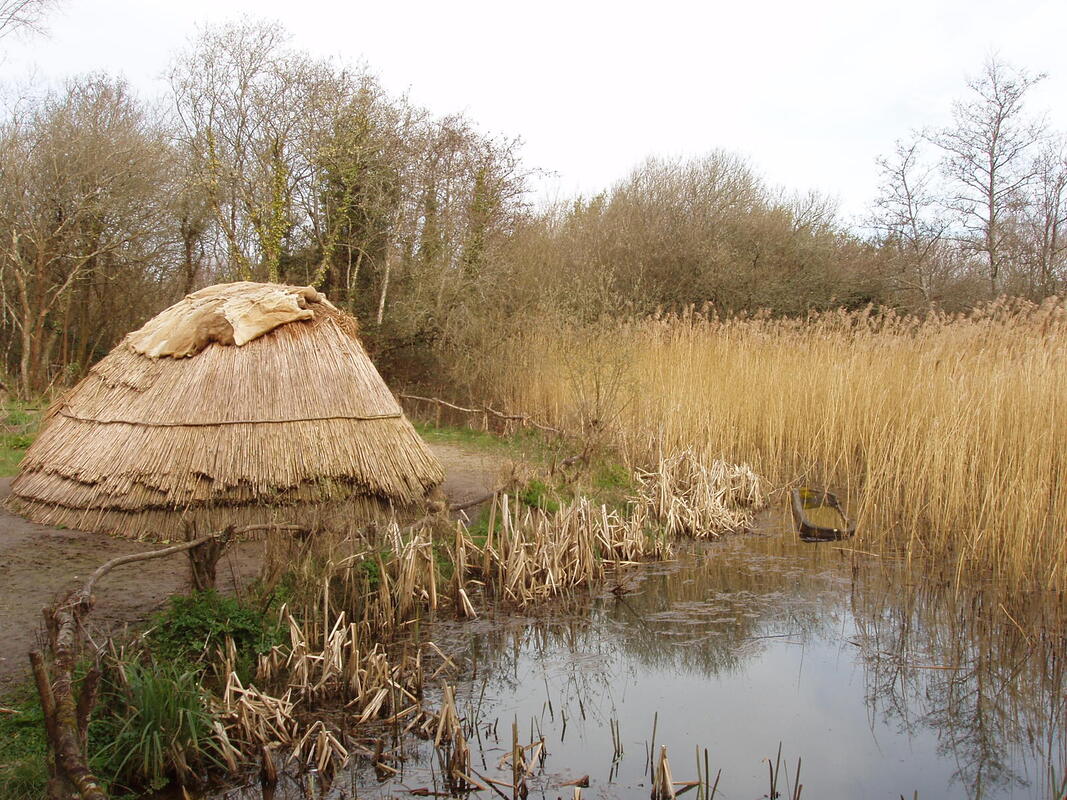
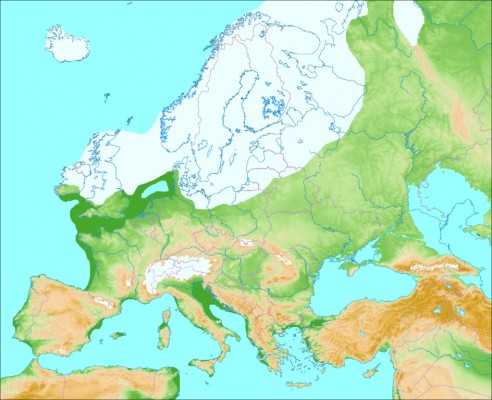
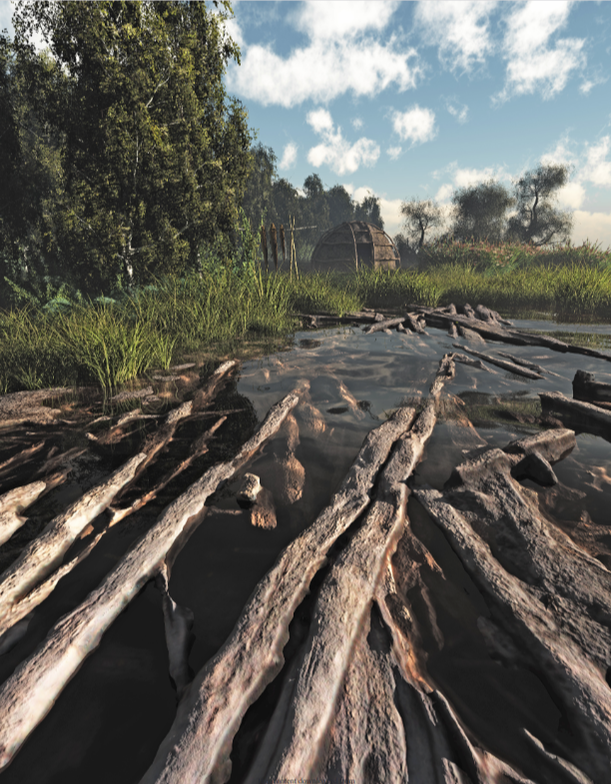
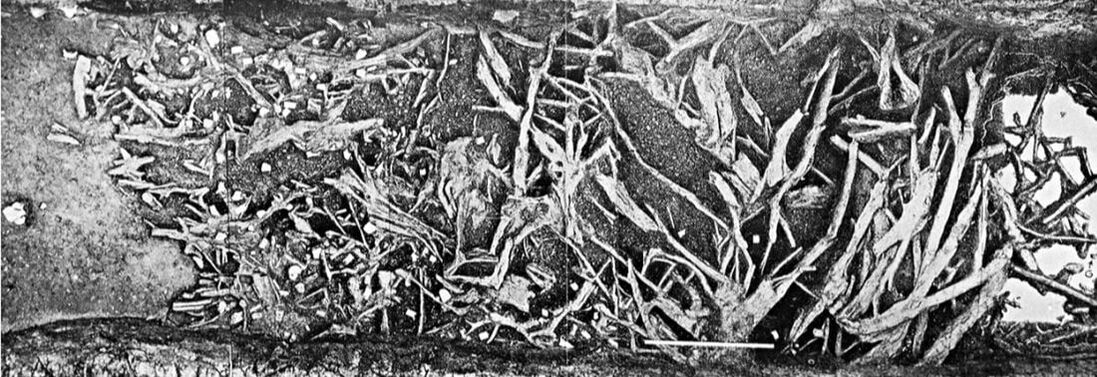
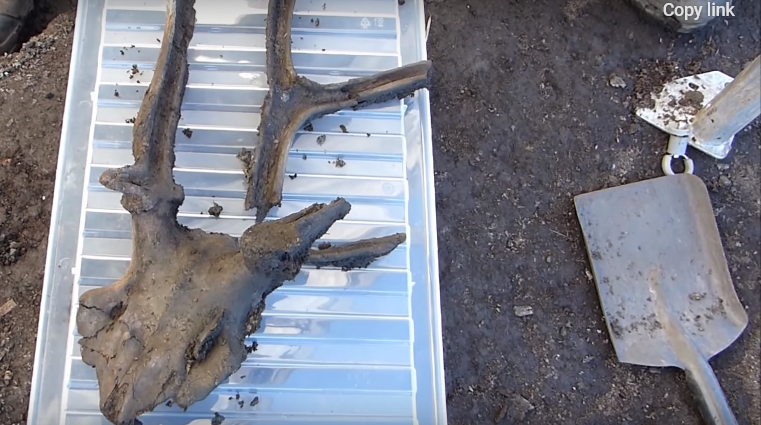
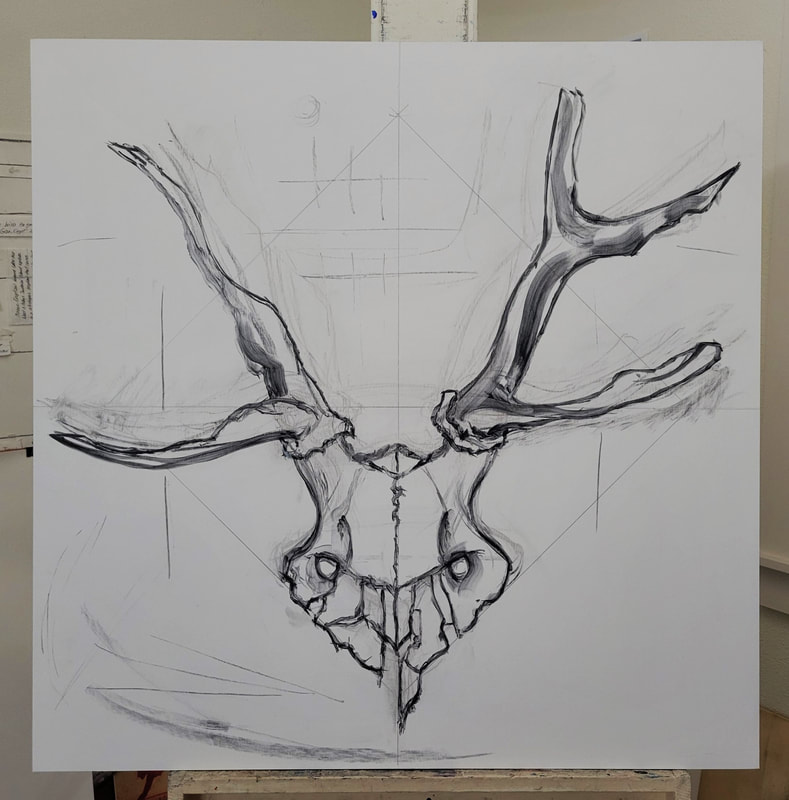
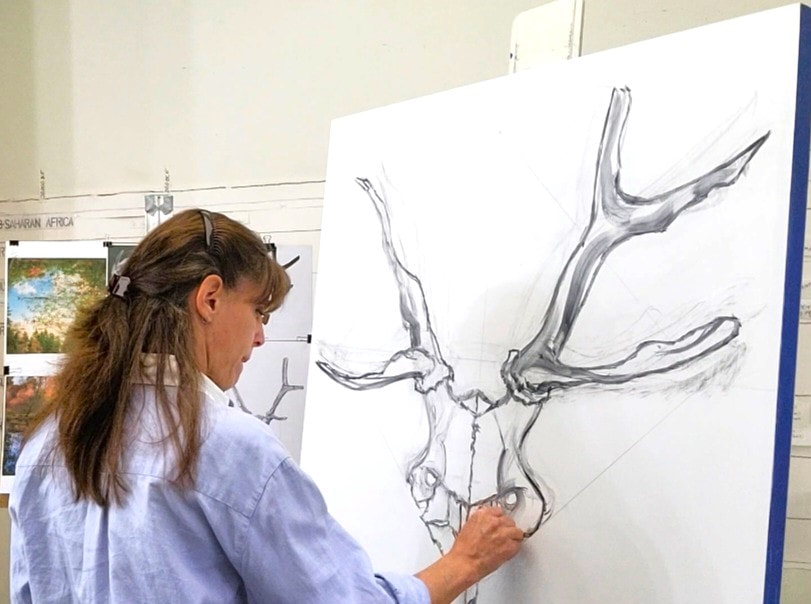
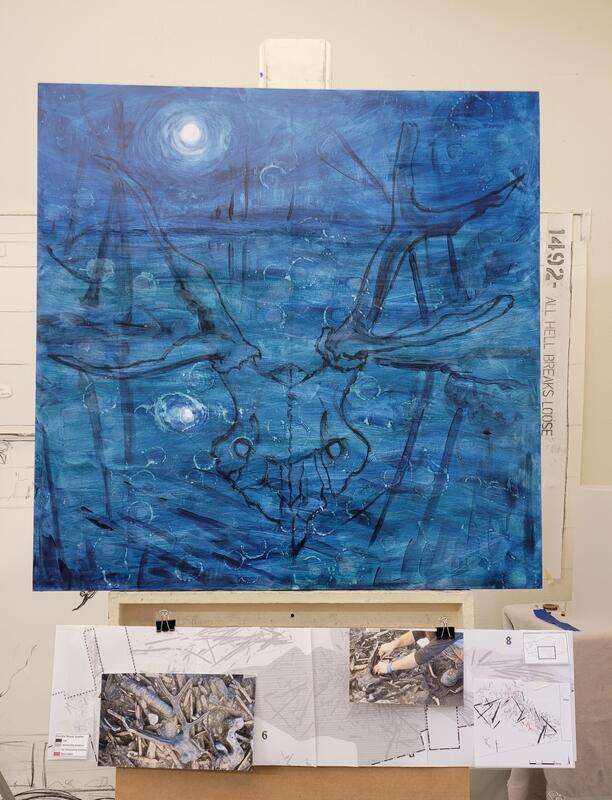

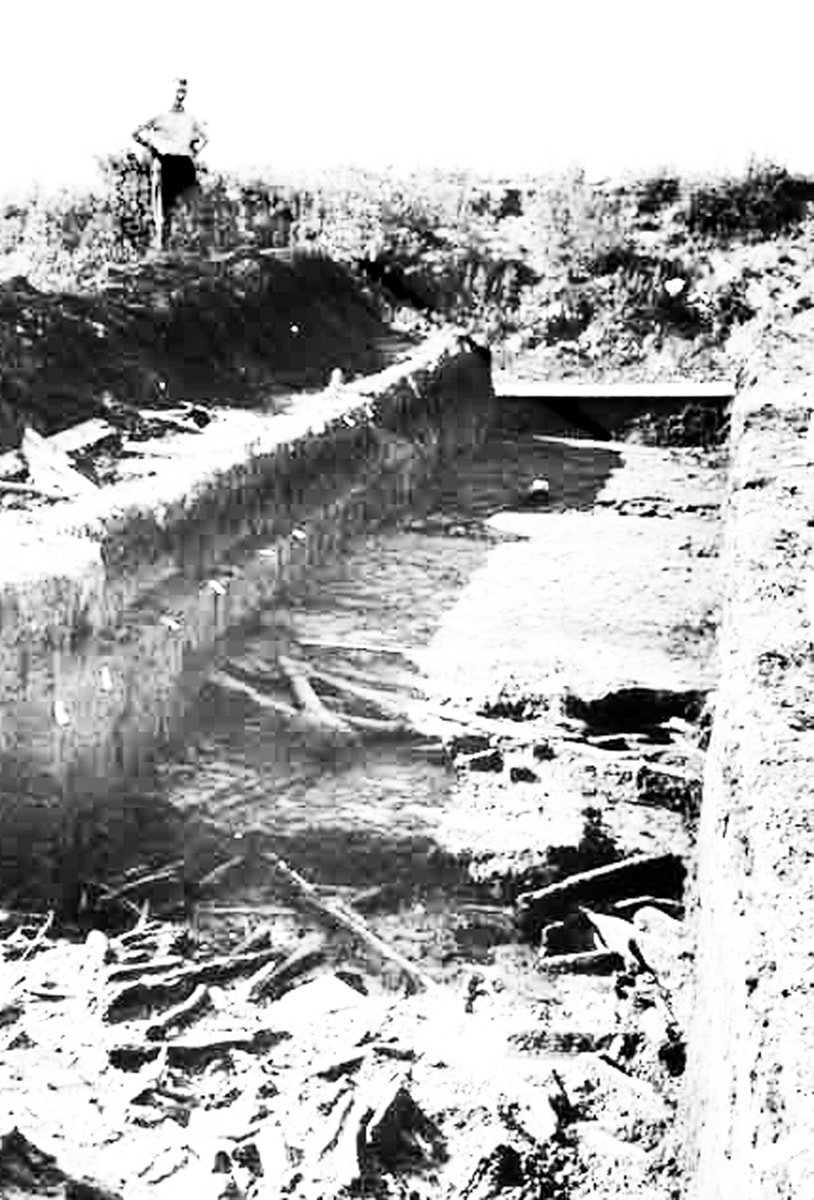
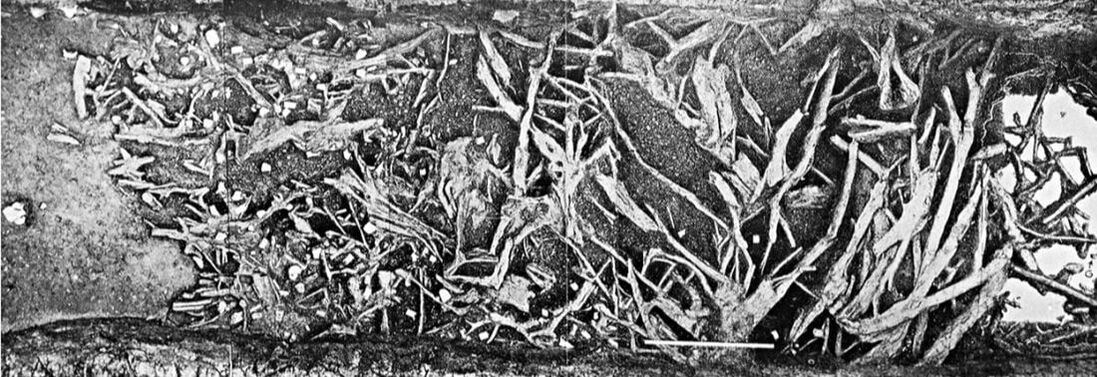
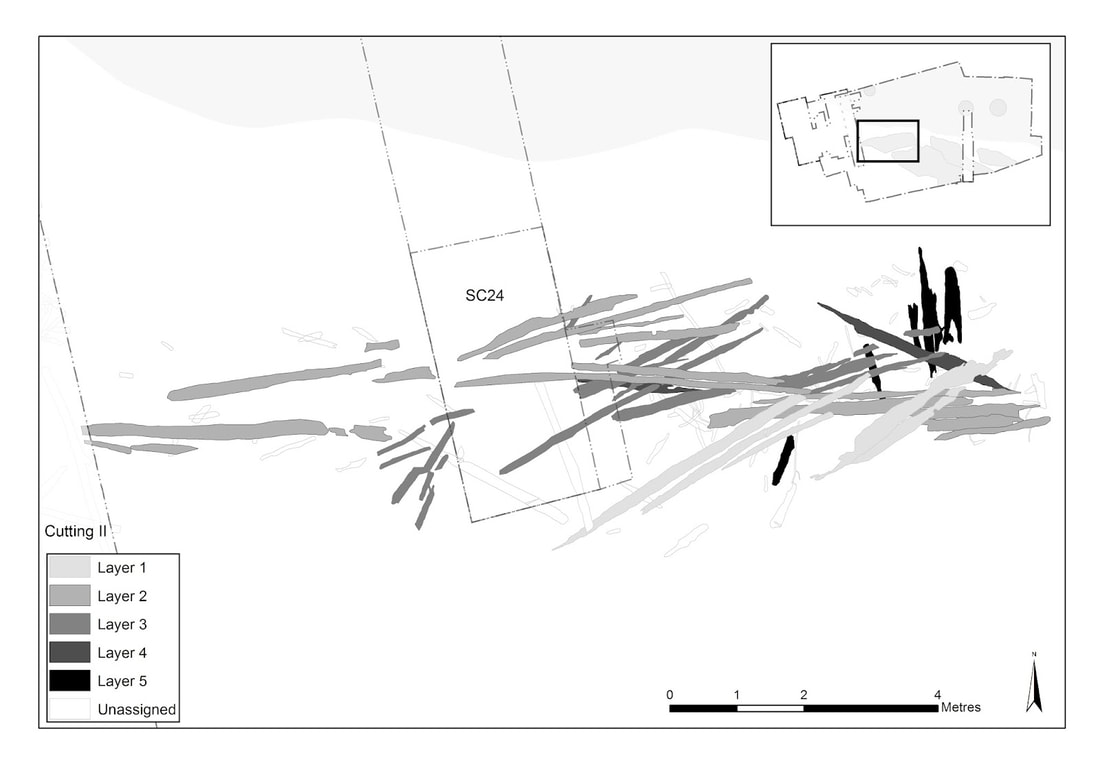
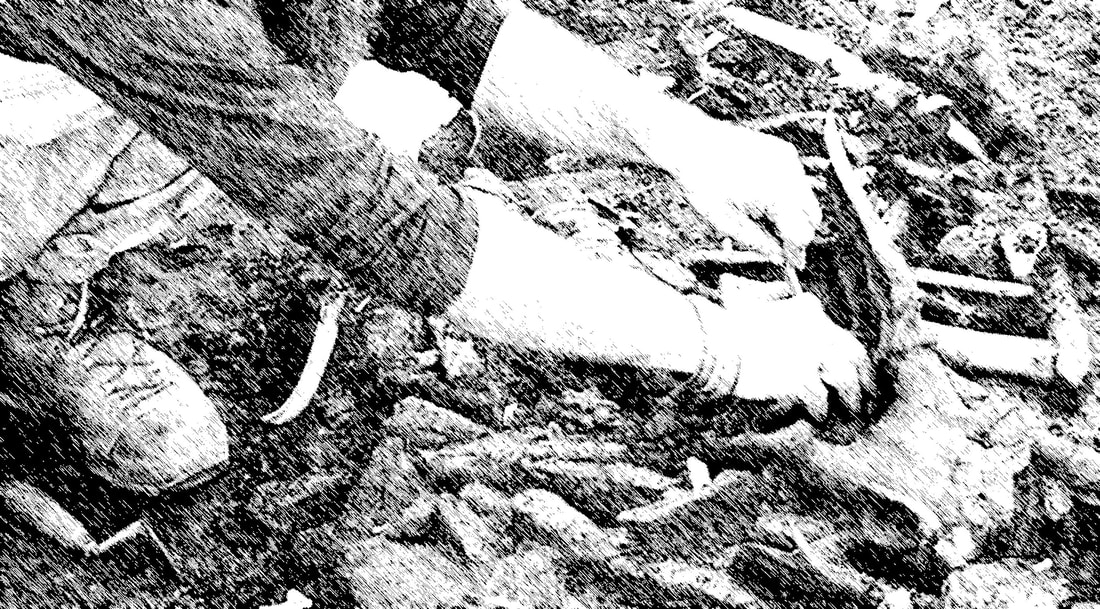
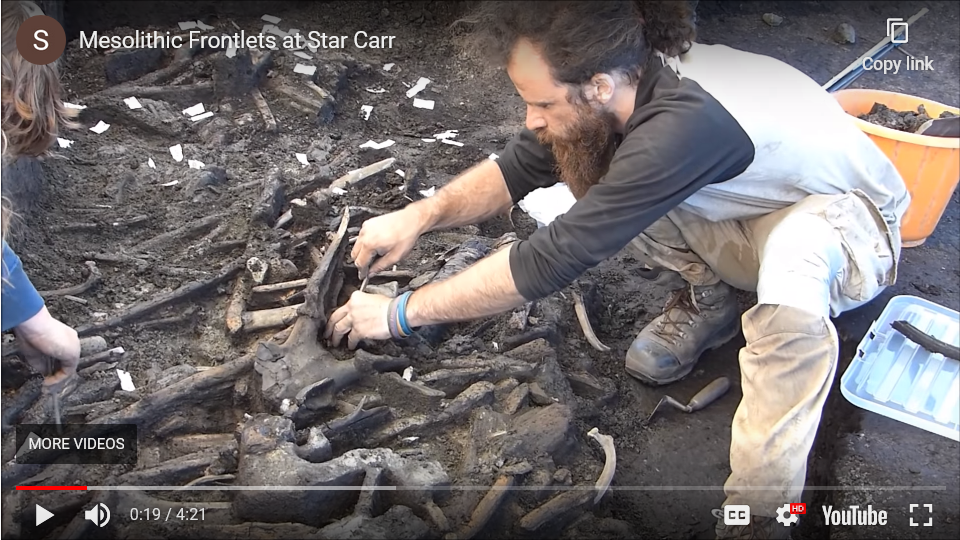
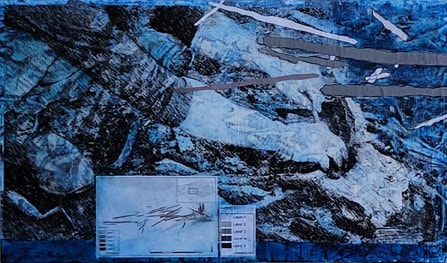

 RSS Feed
RSS Feed